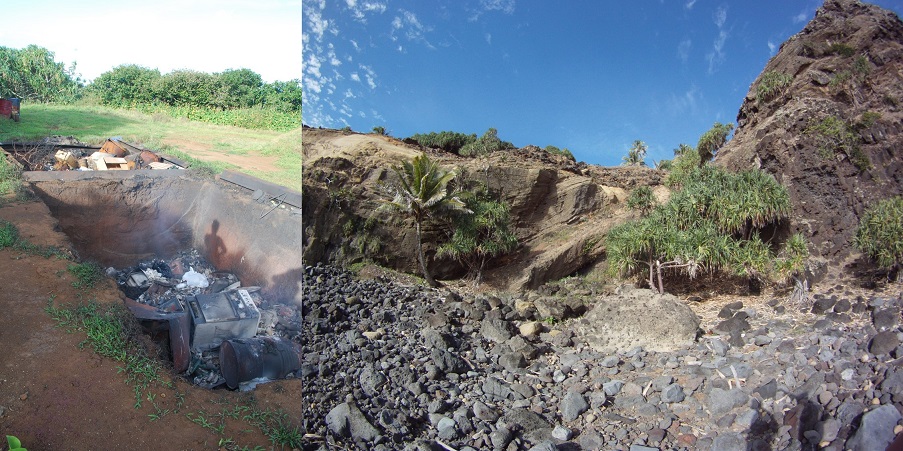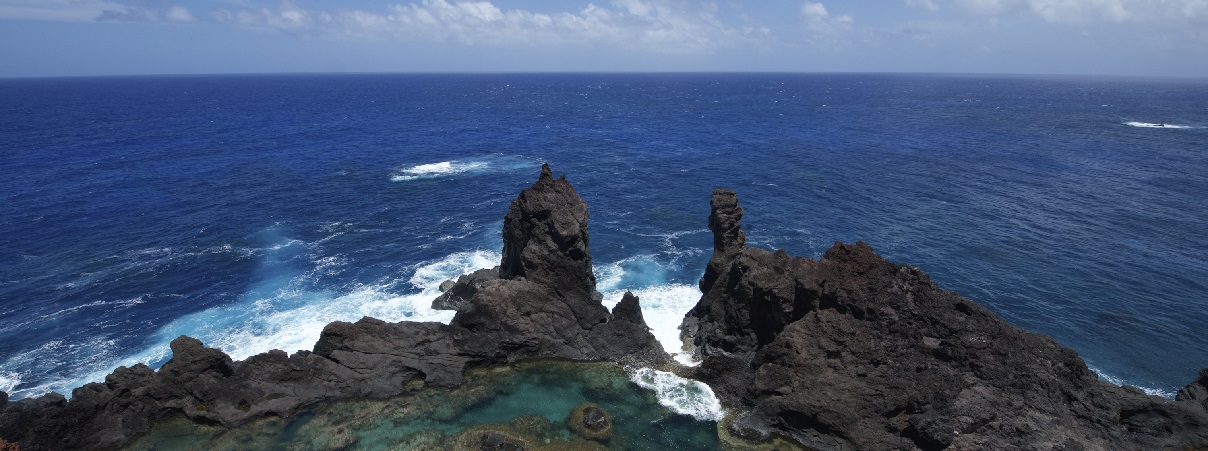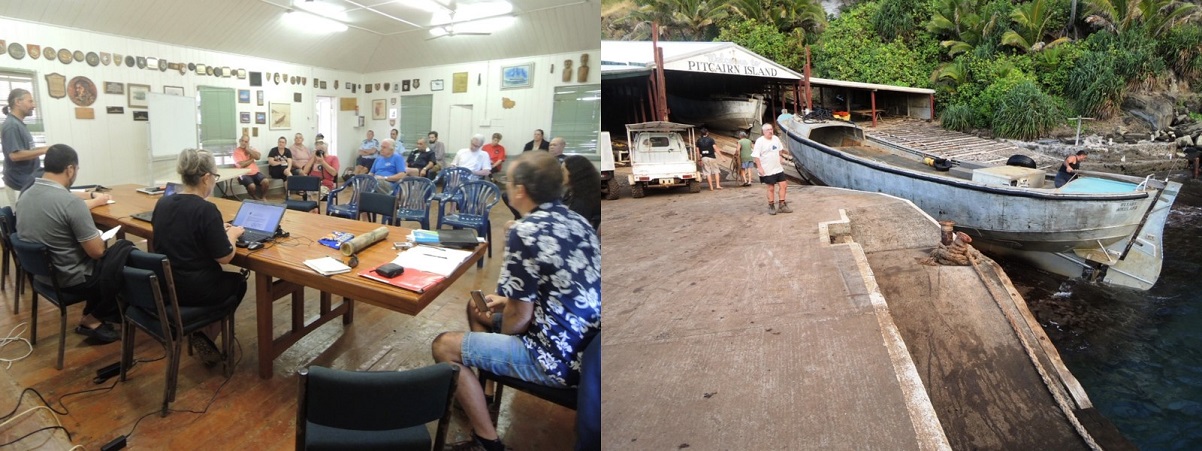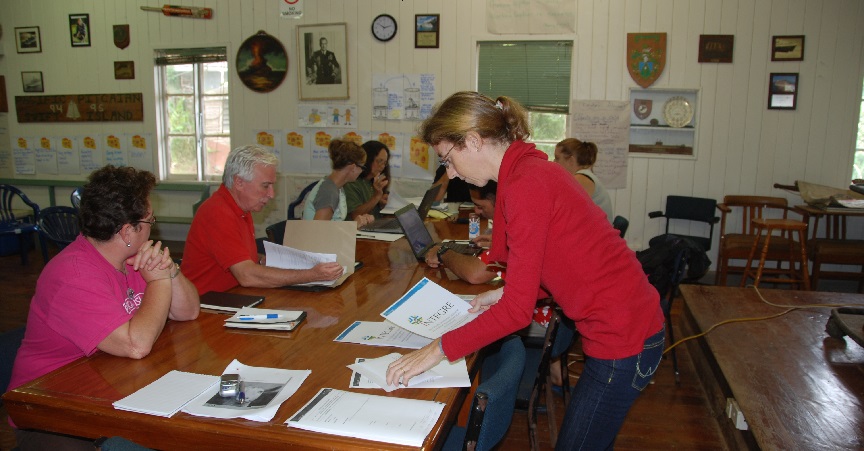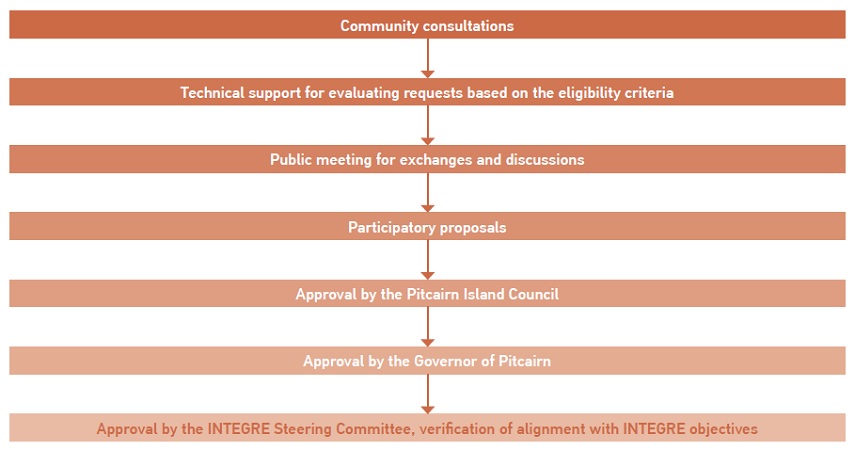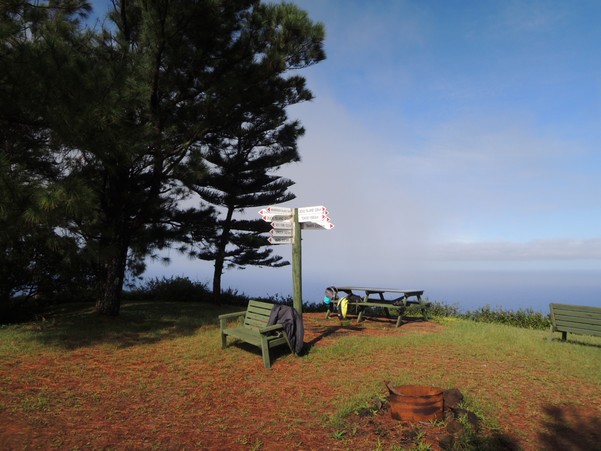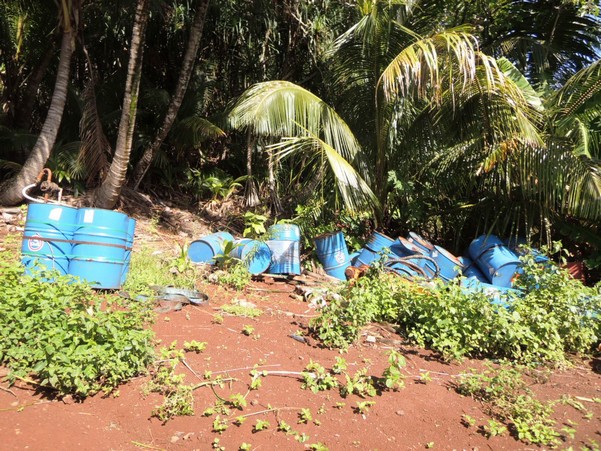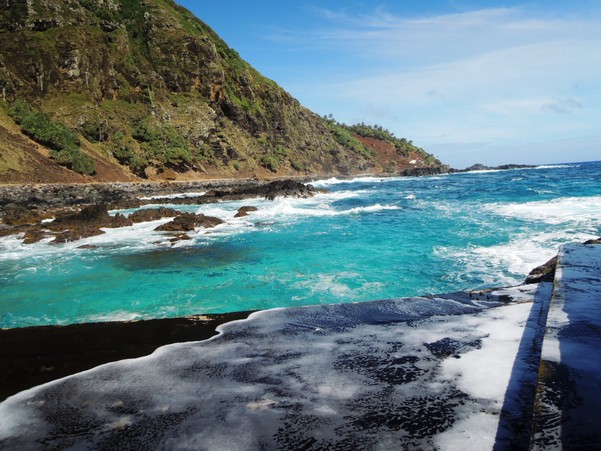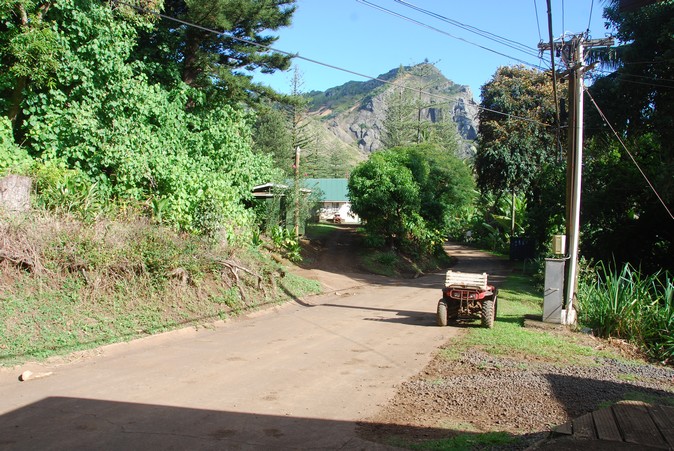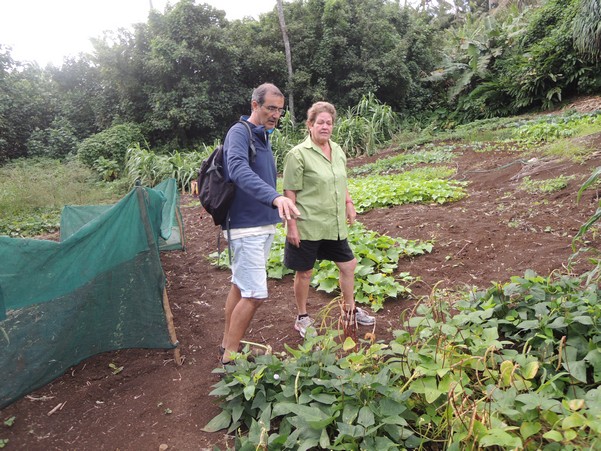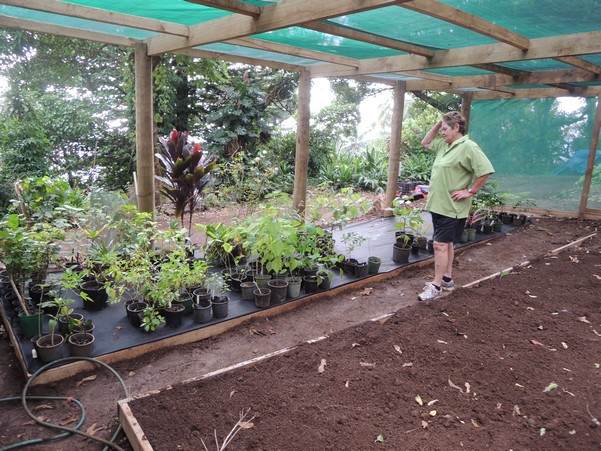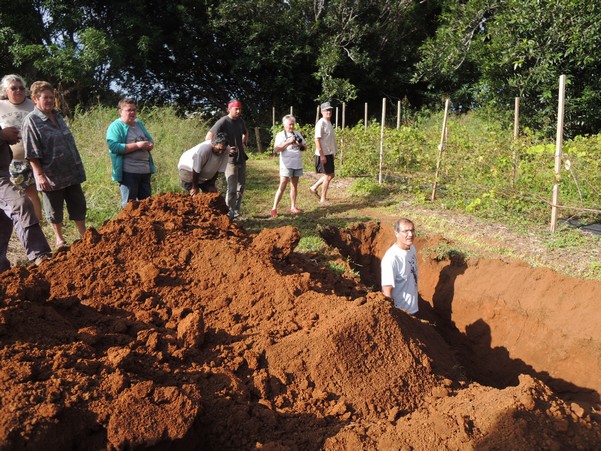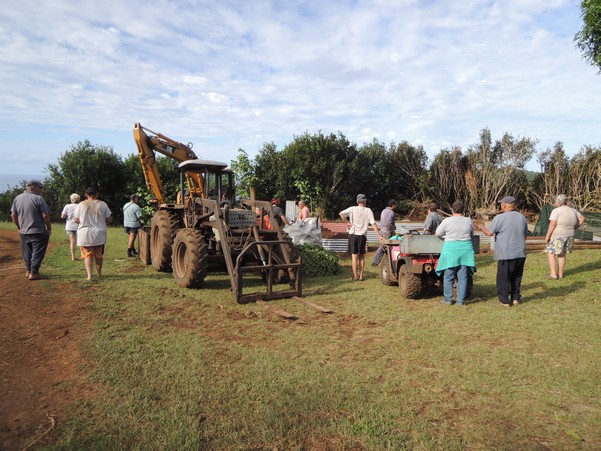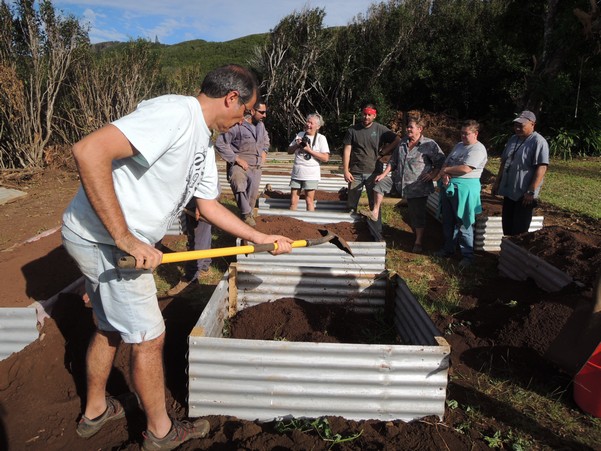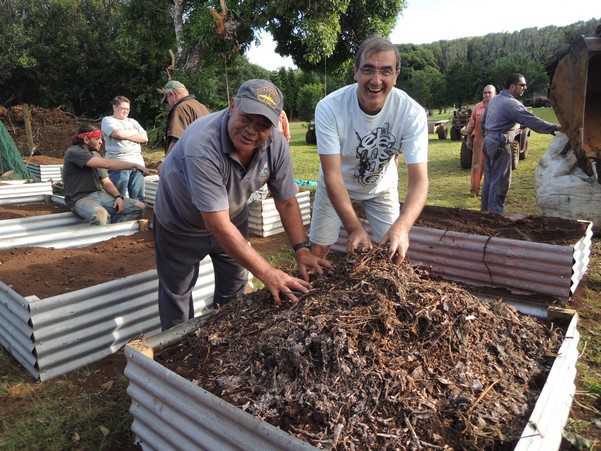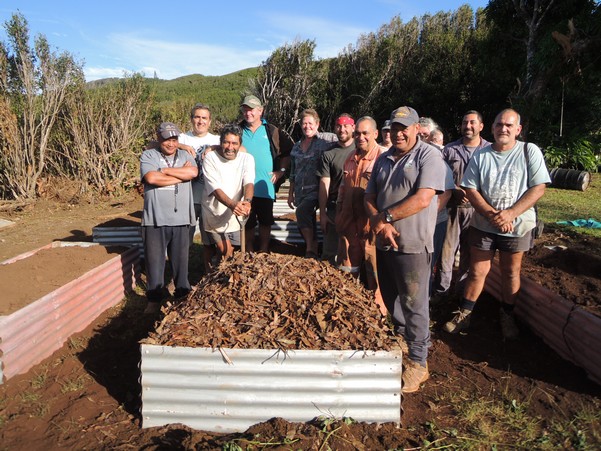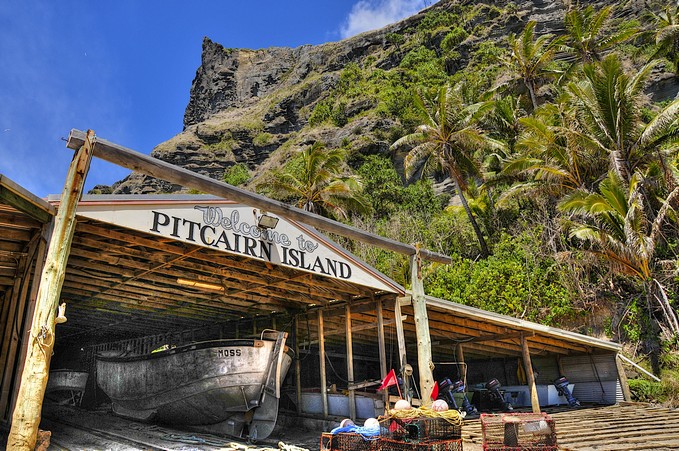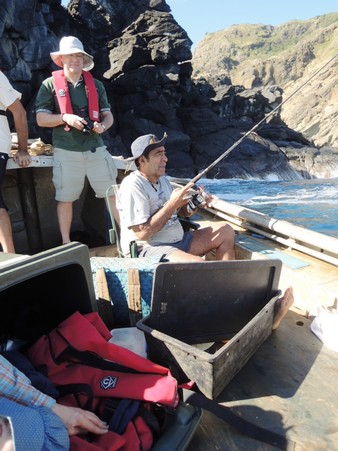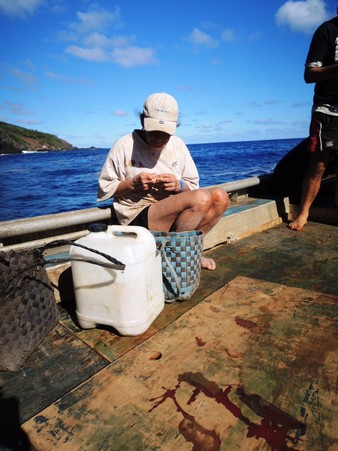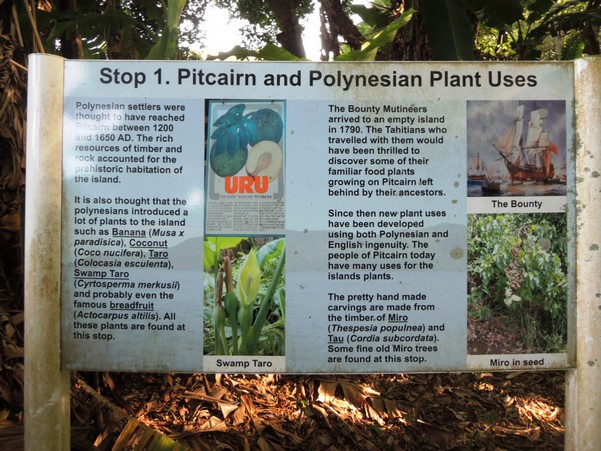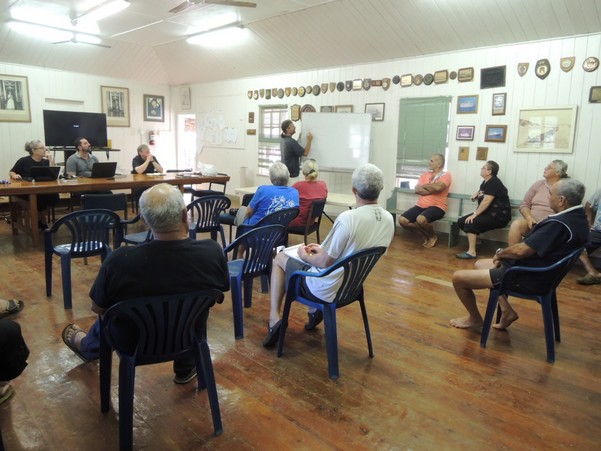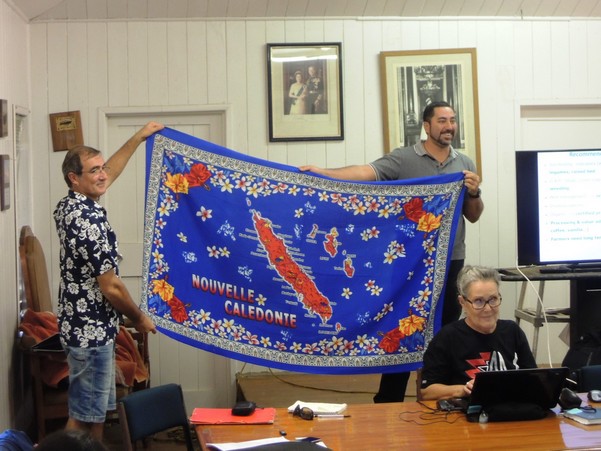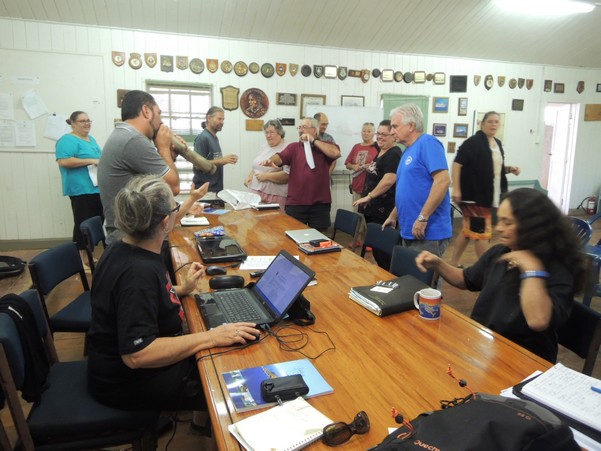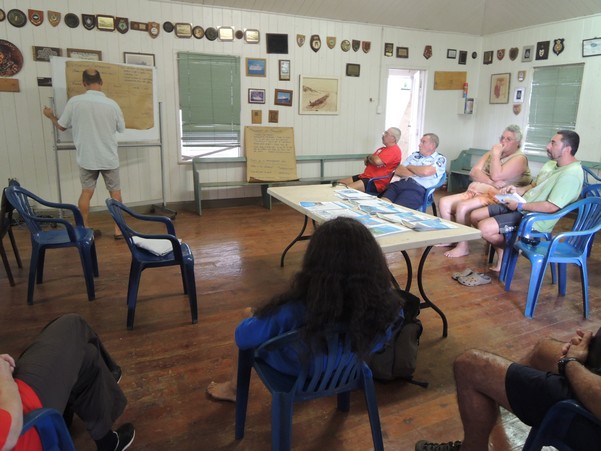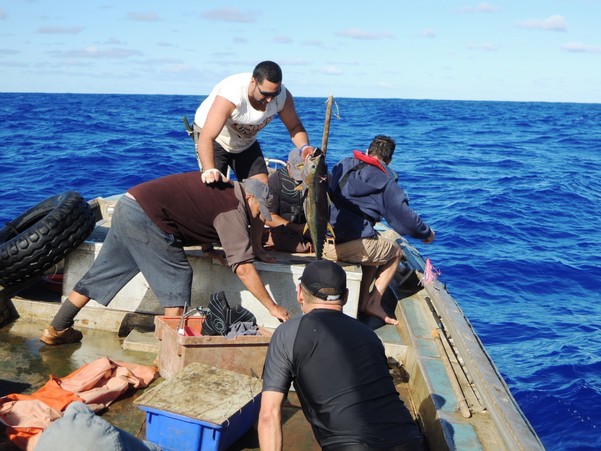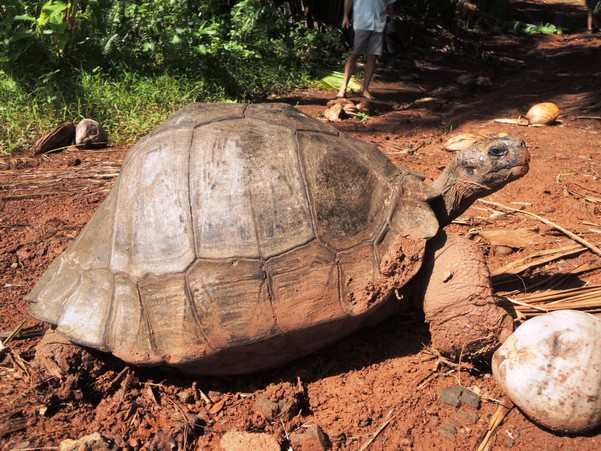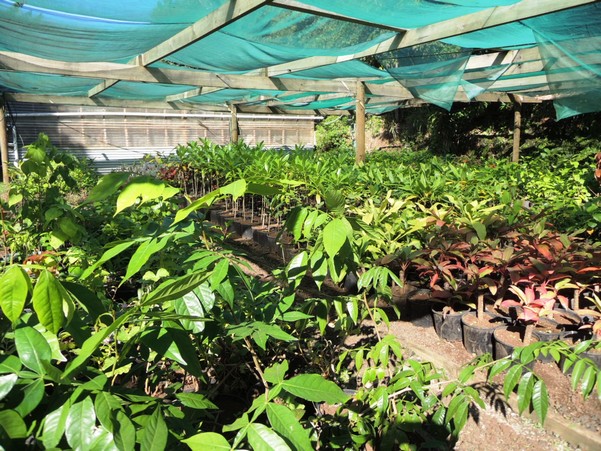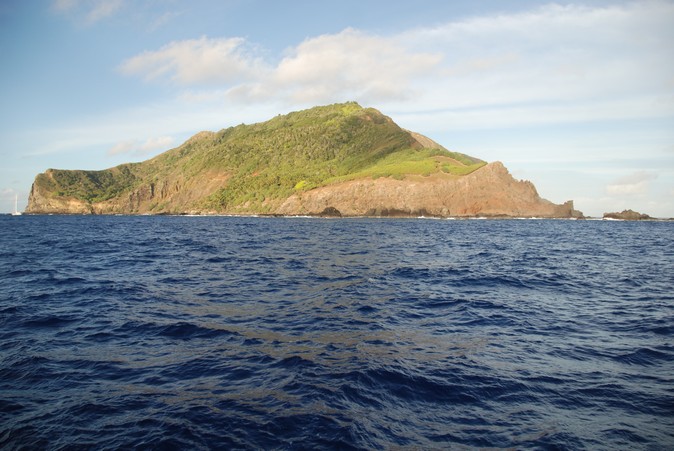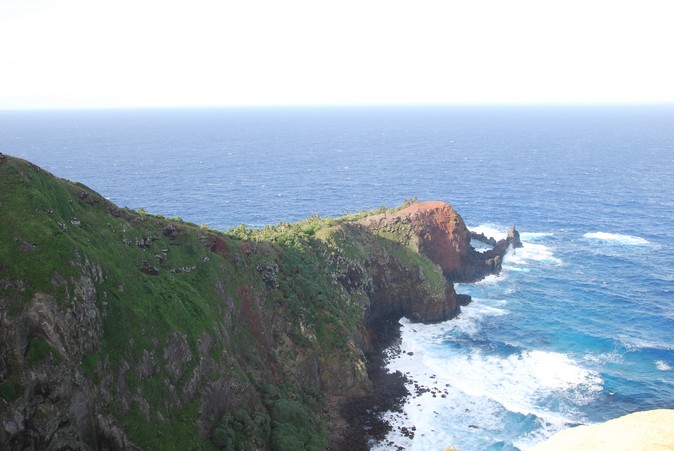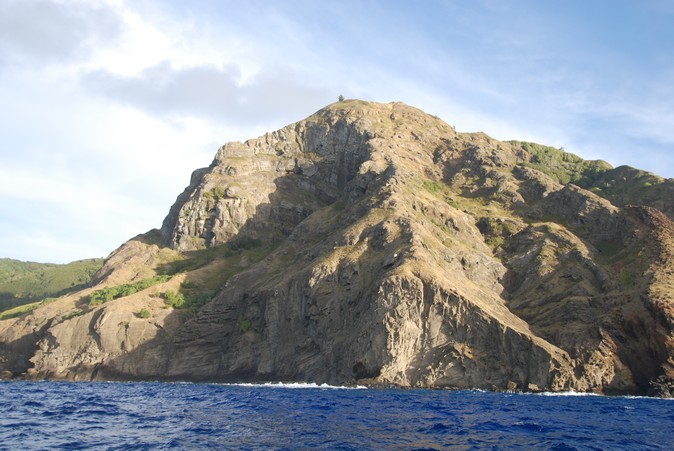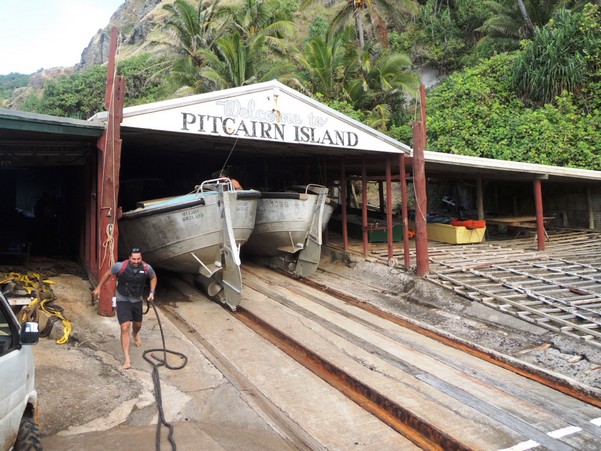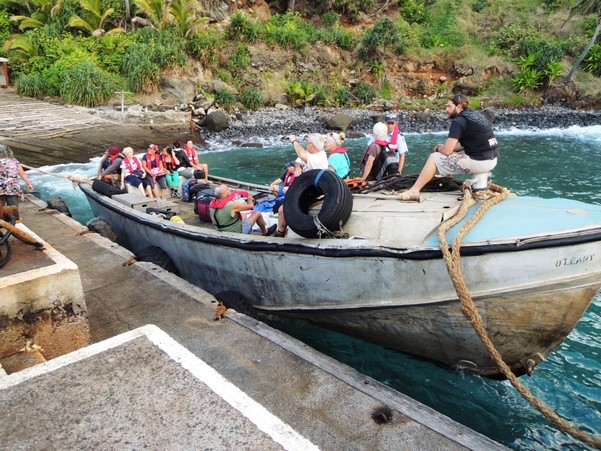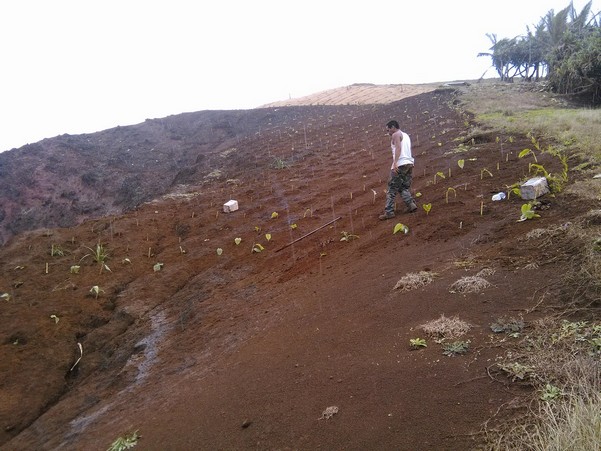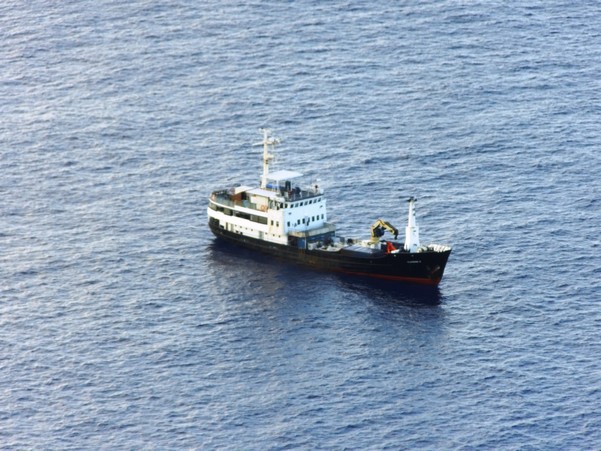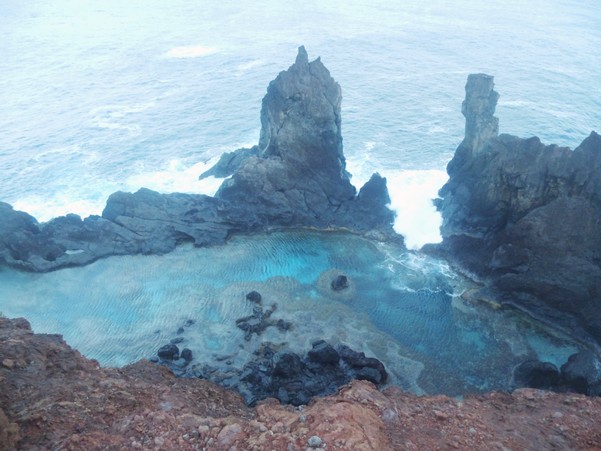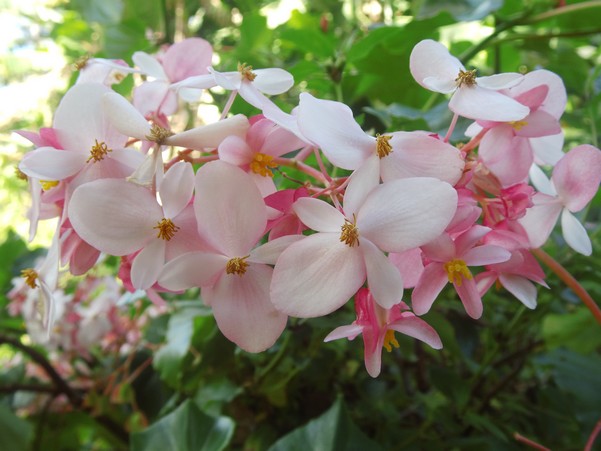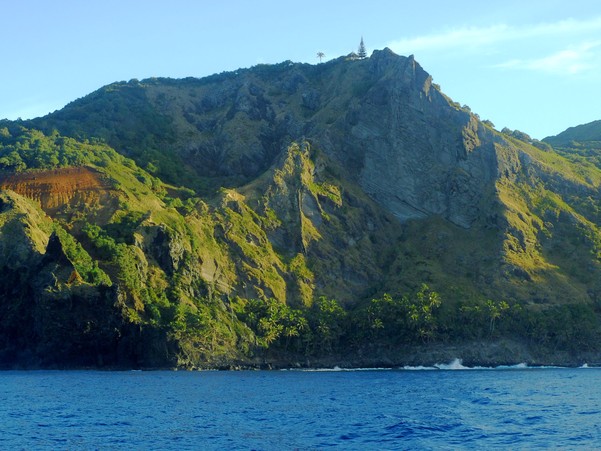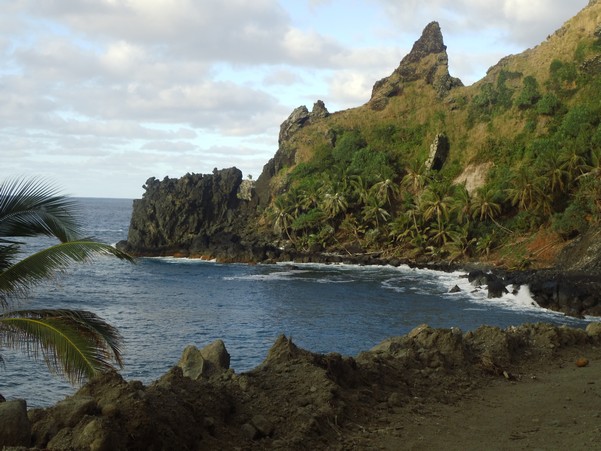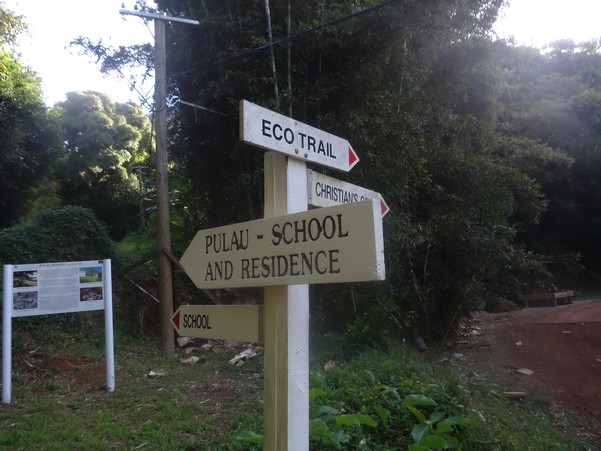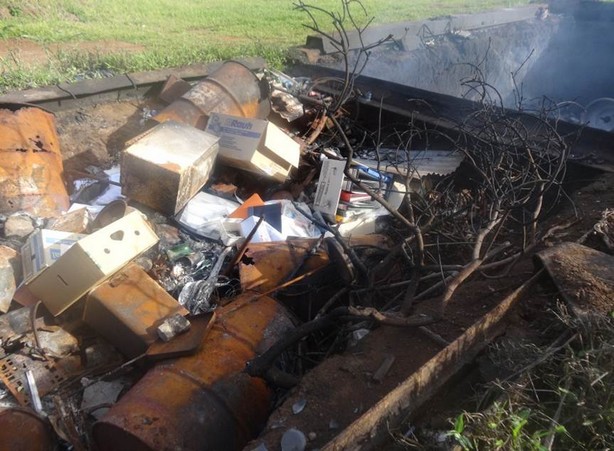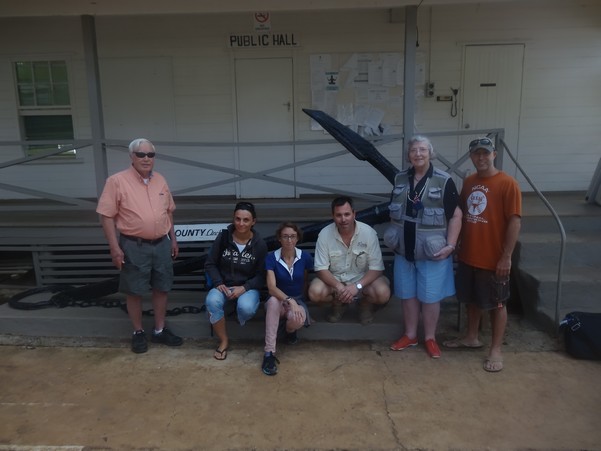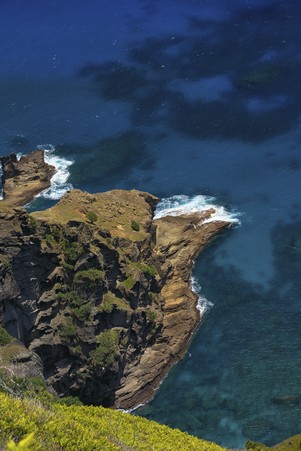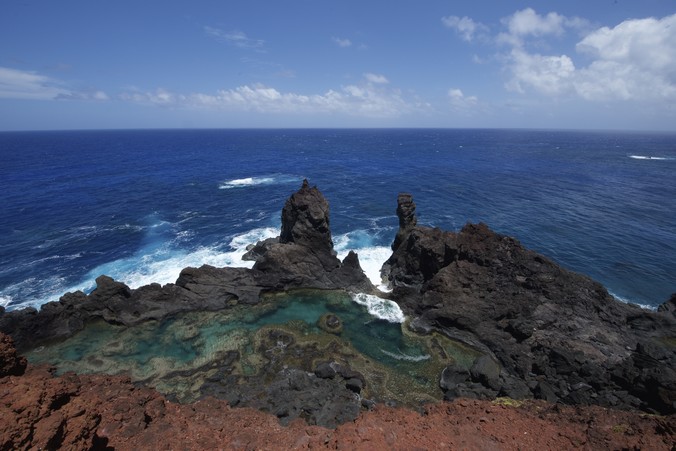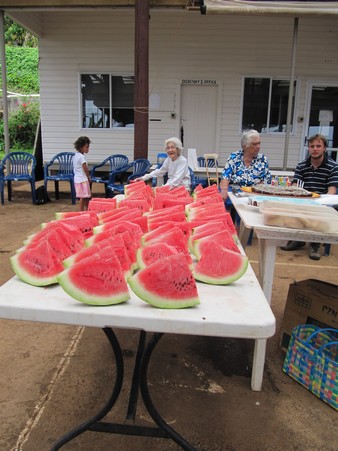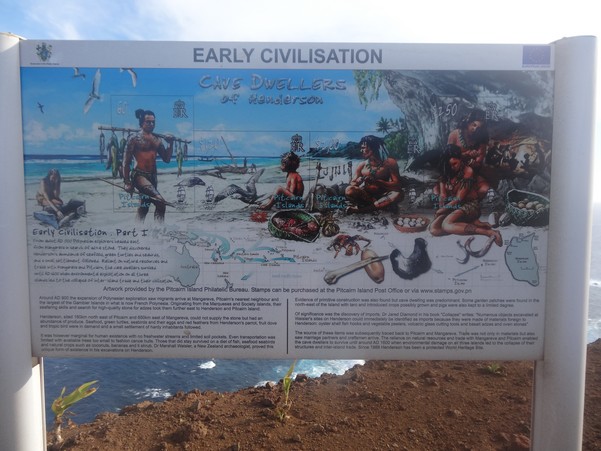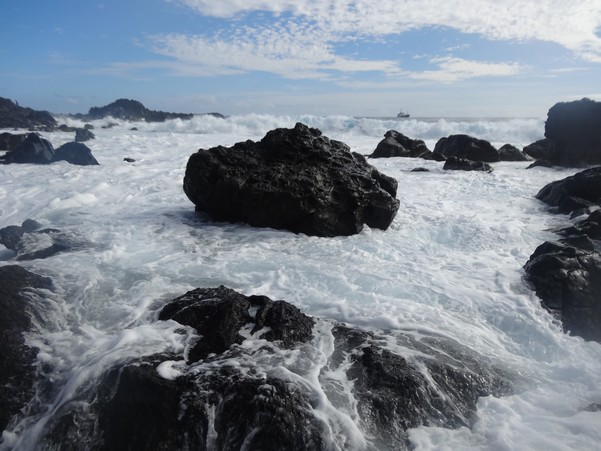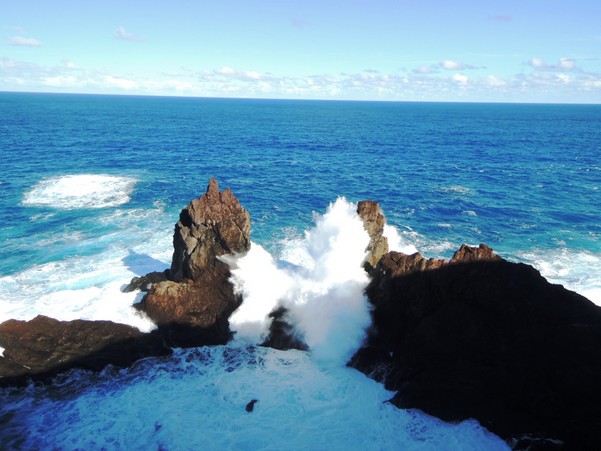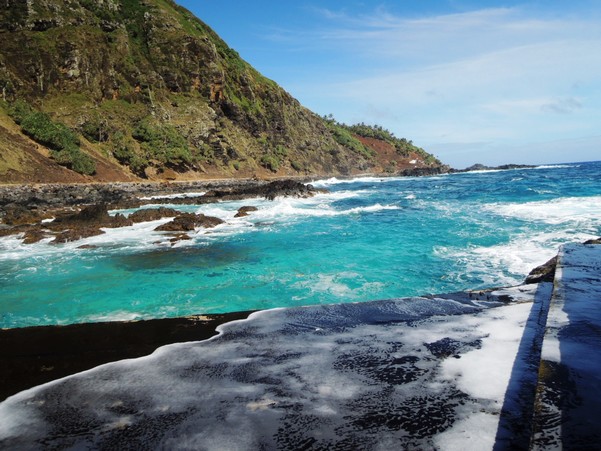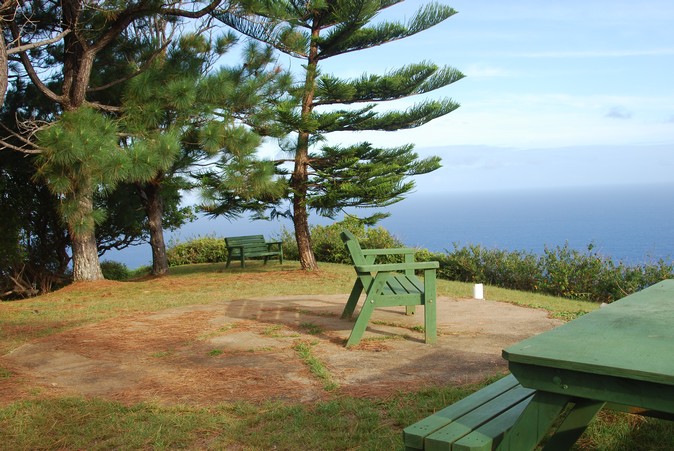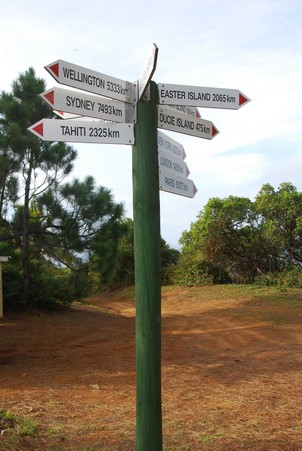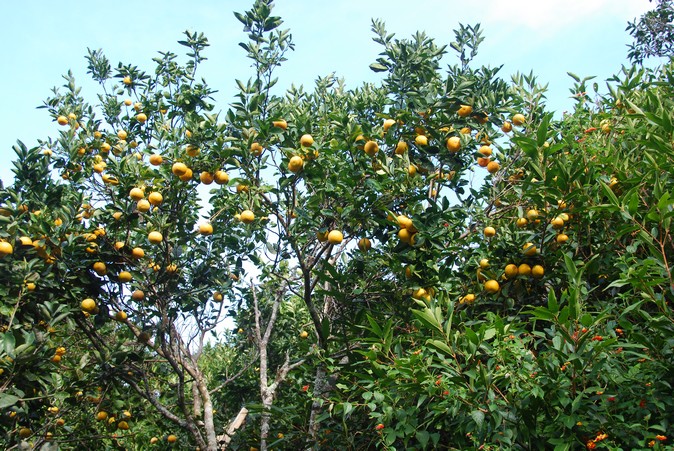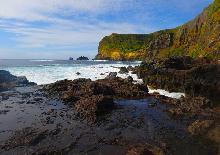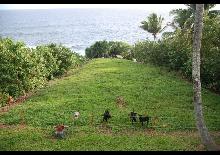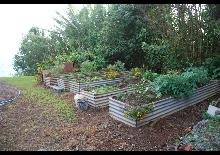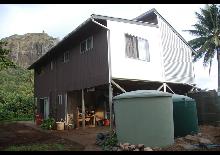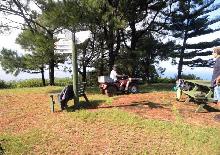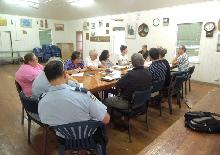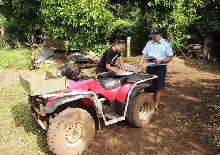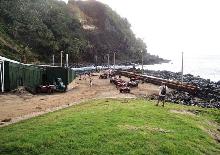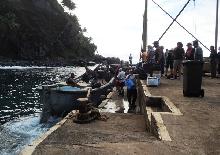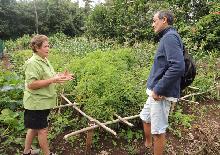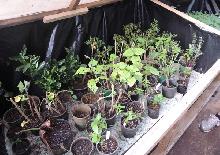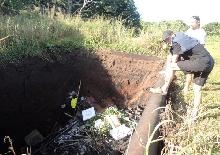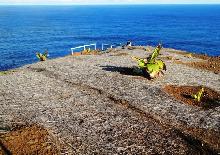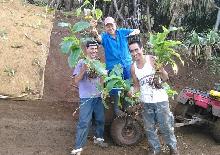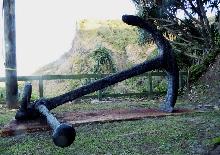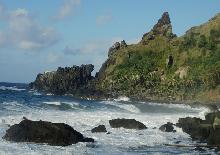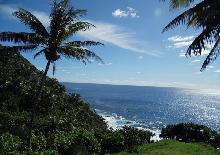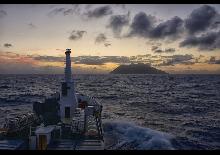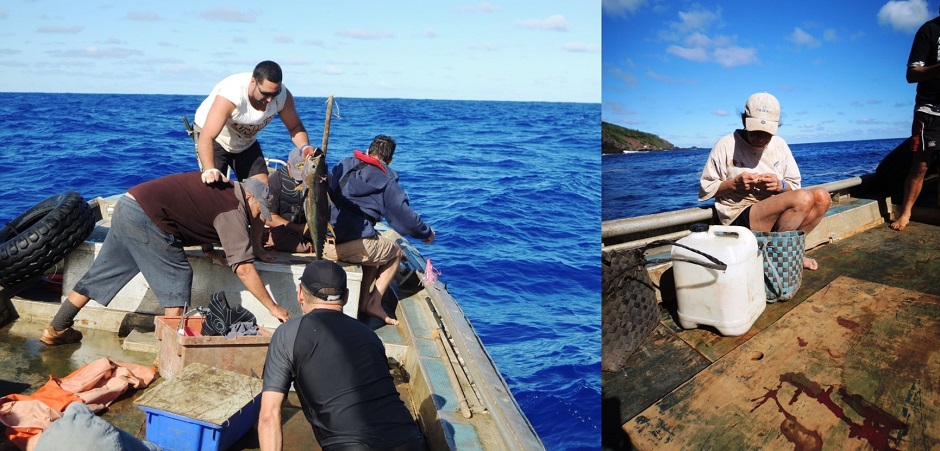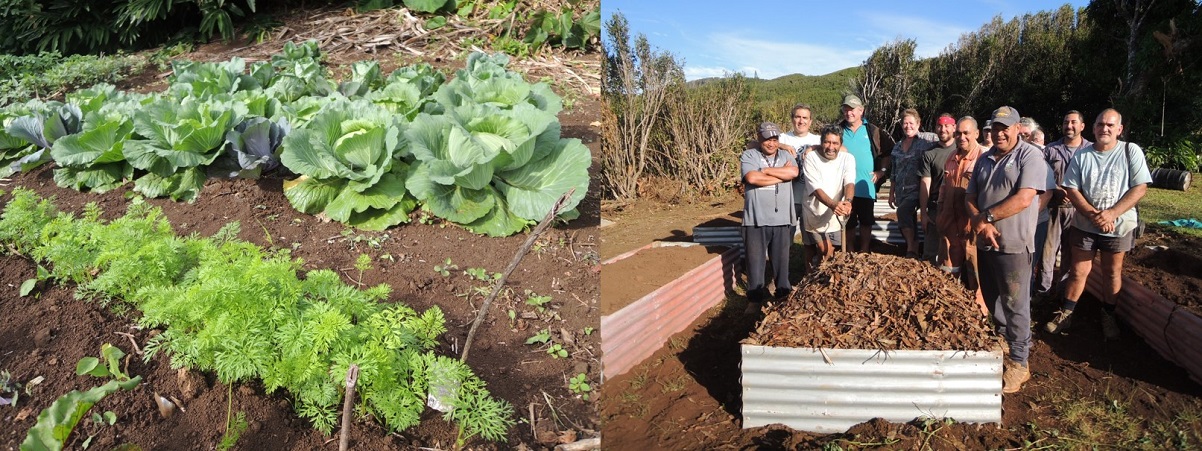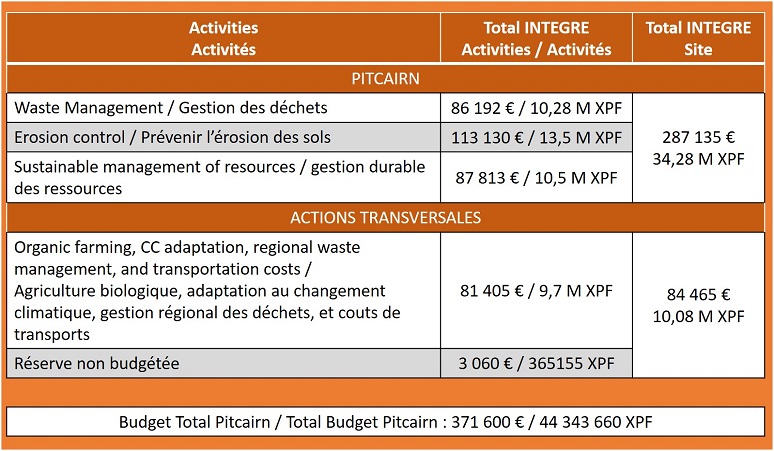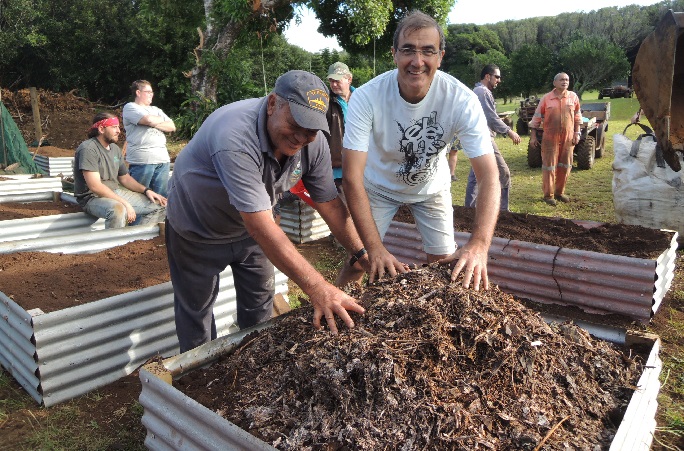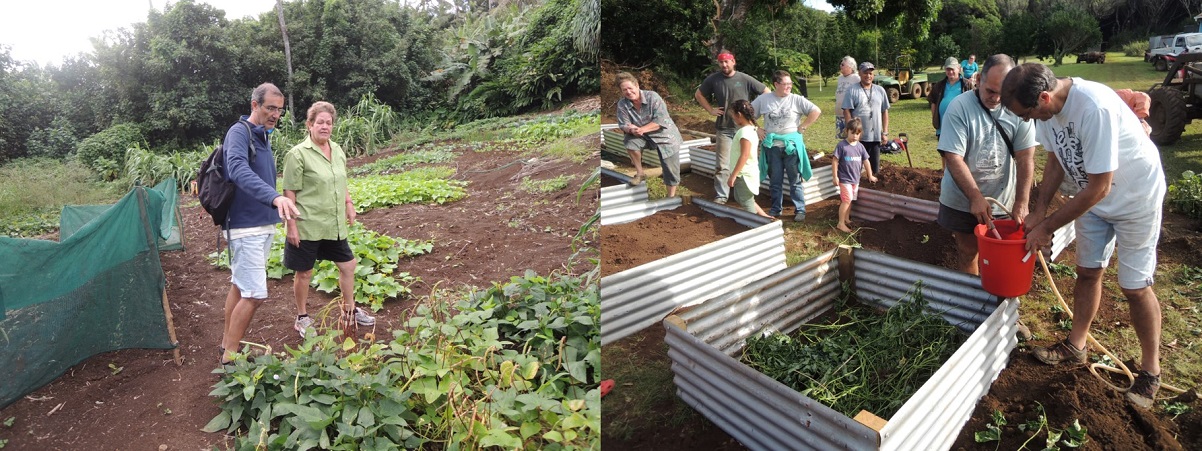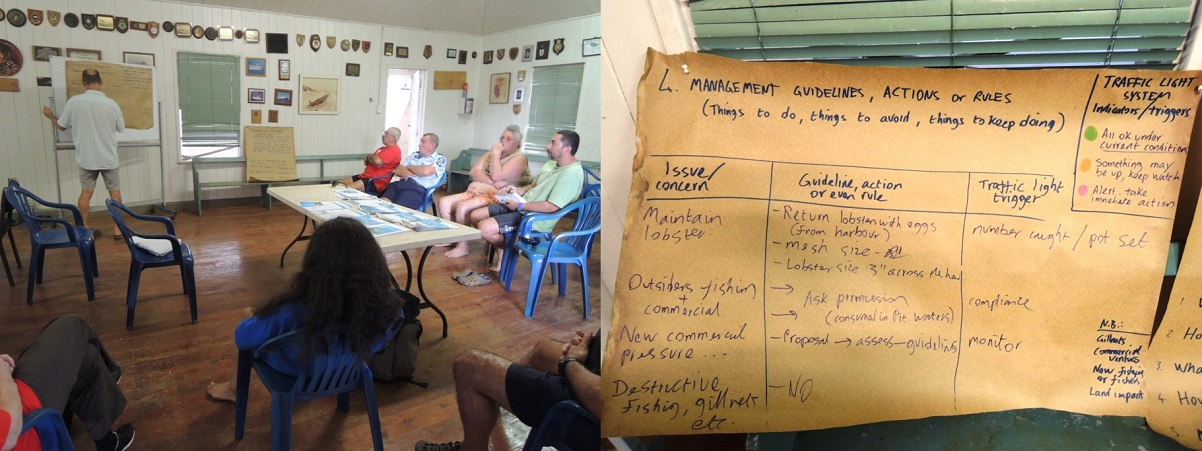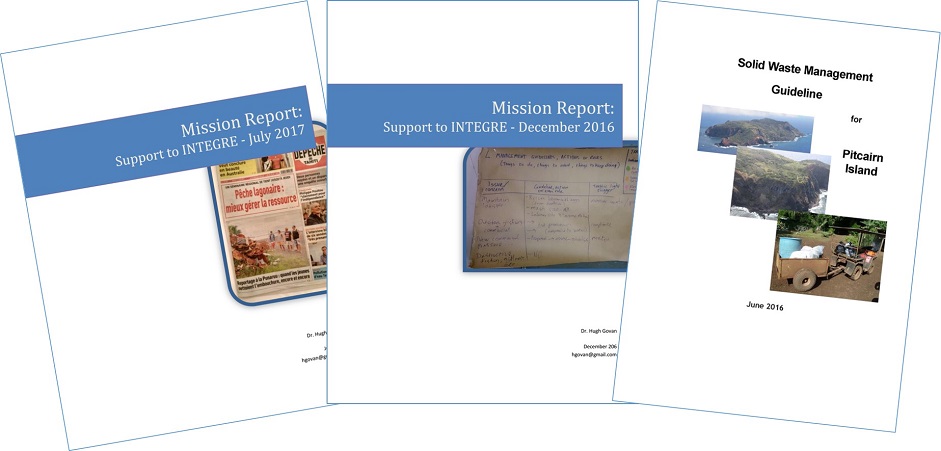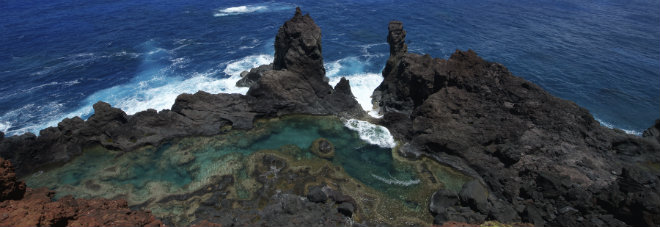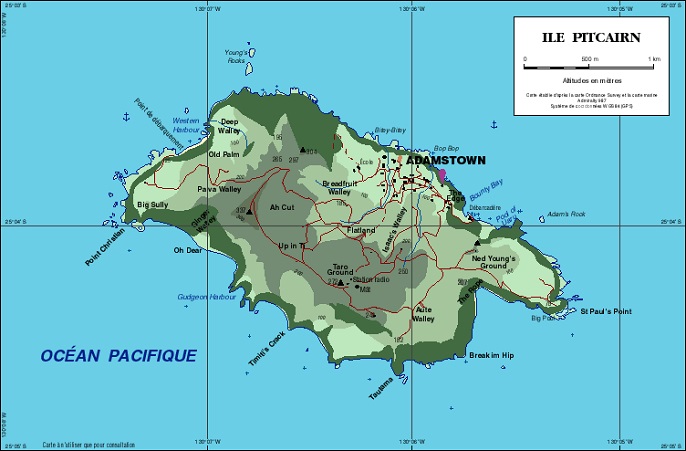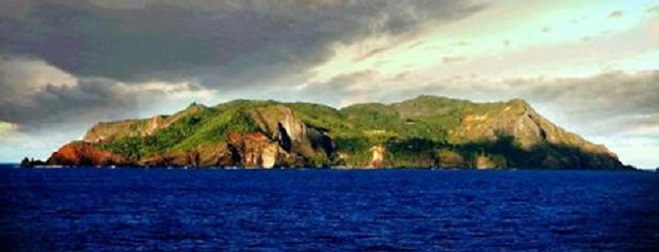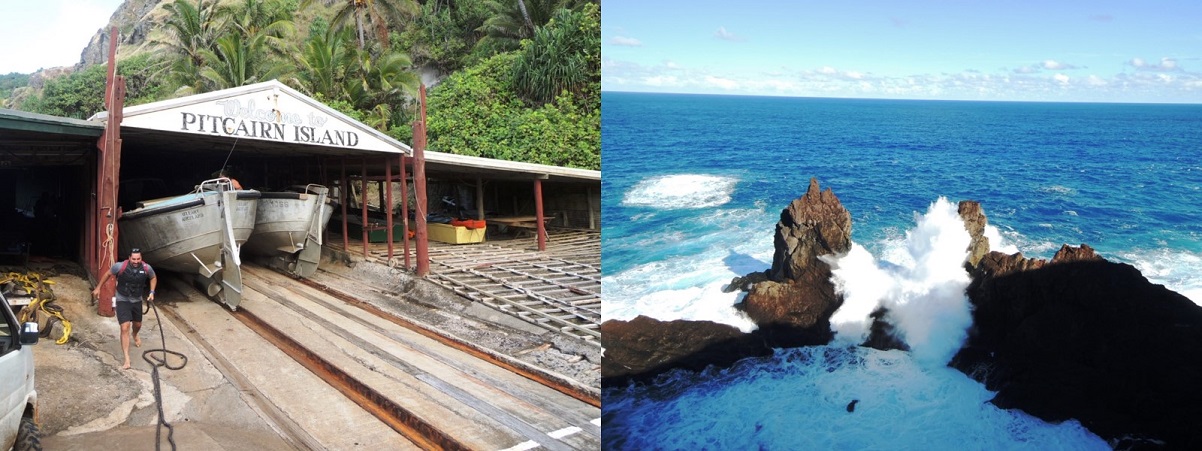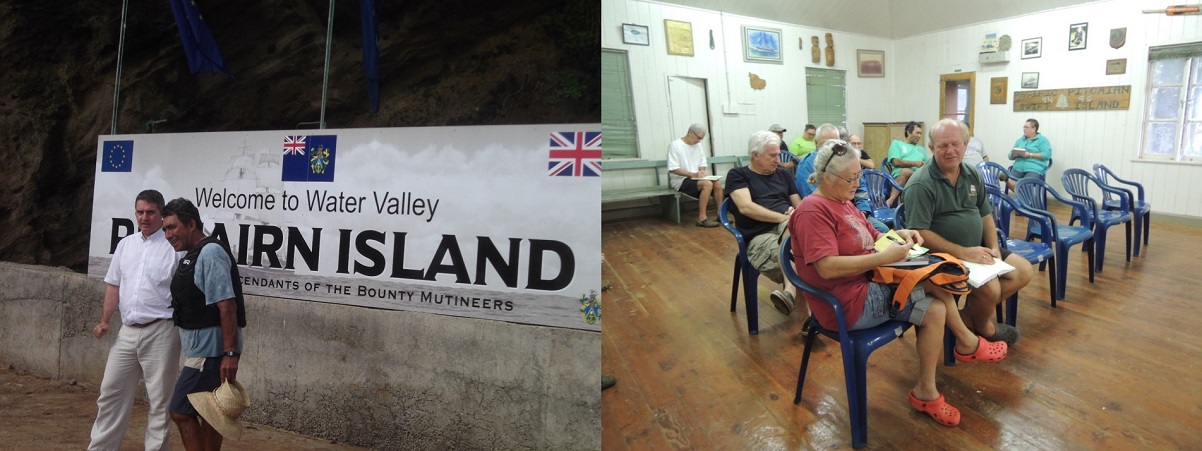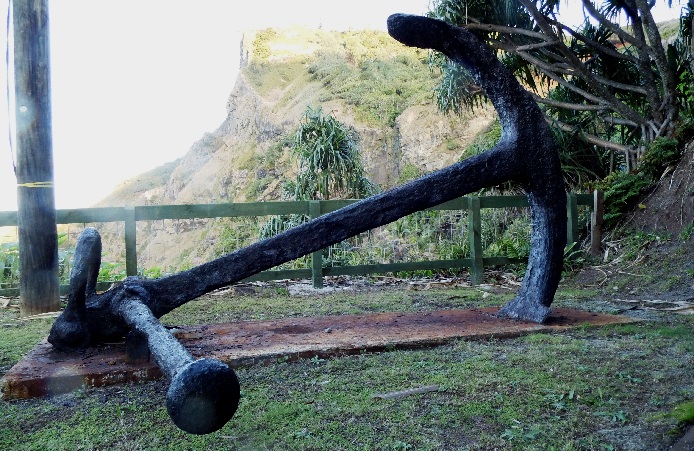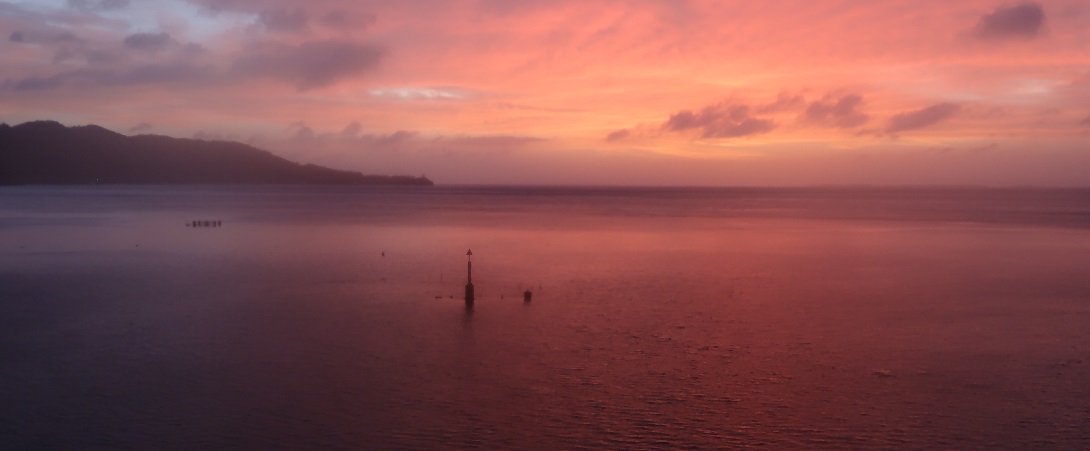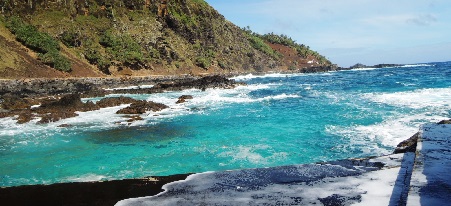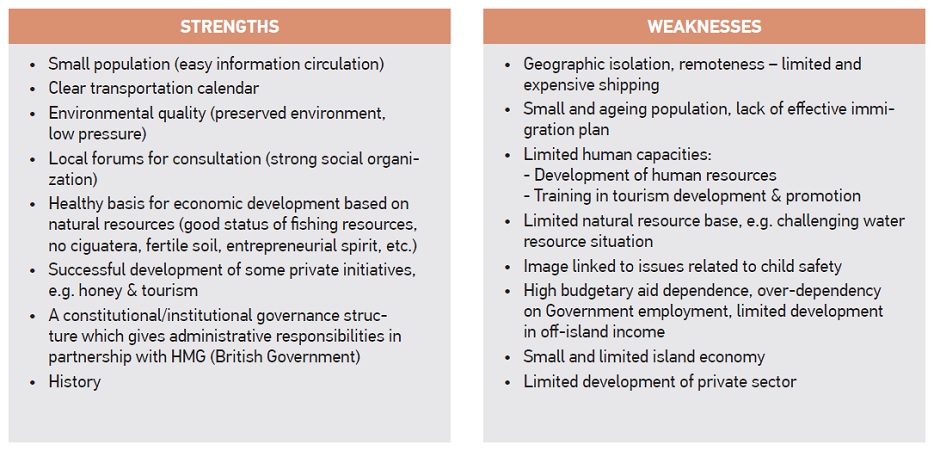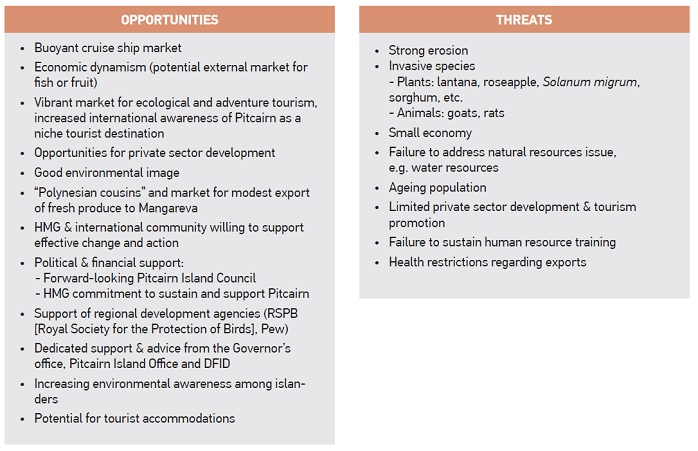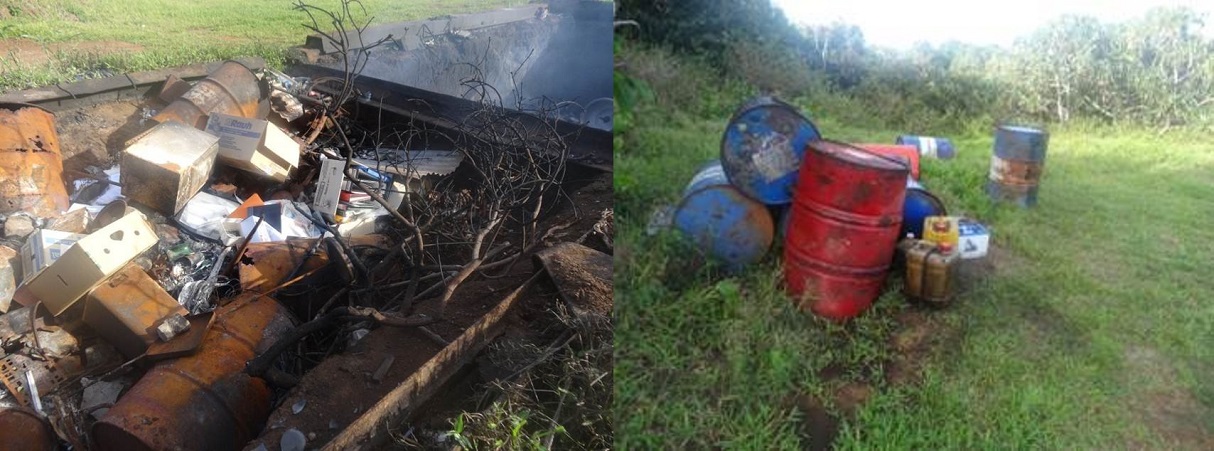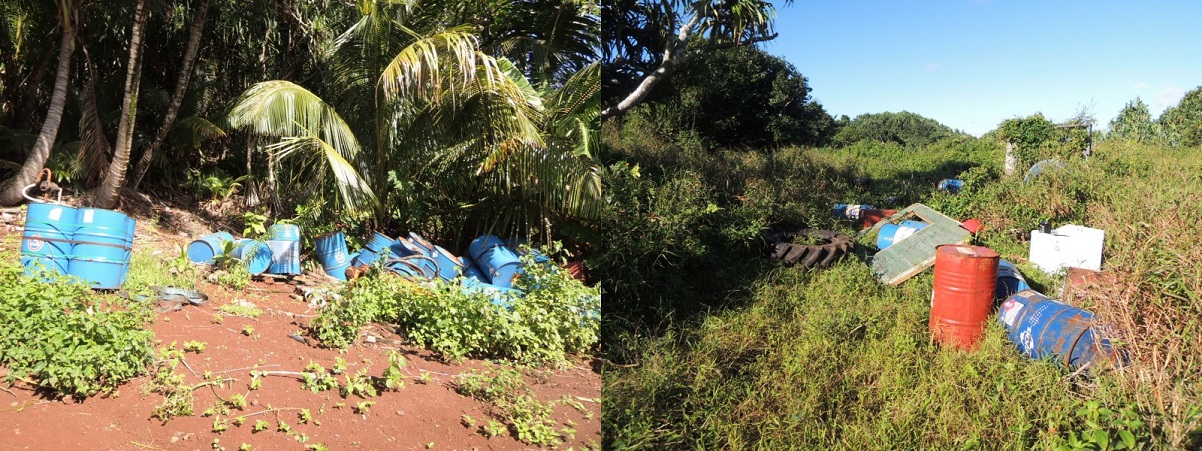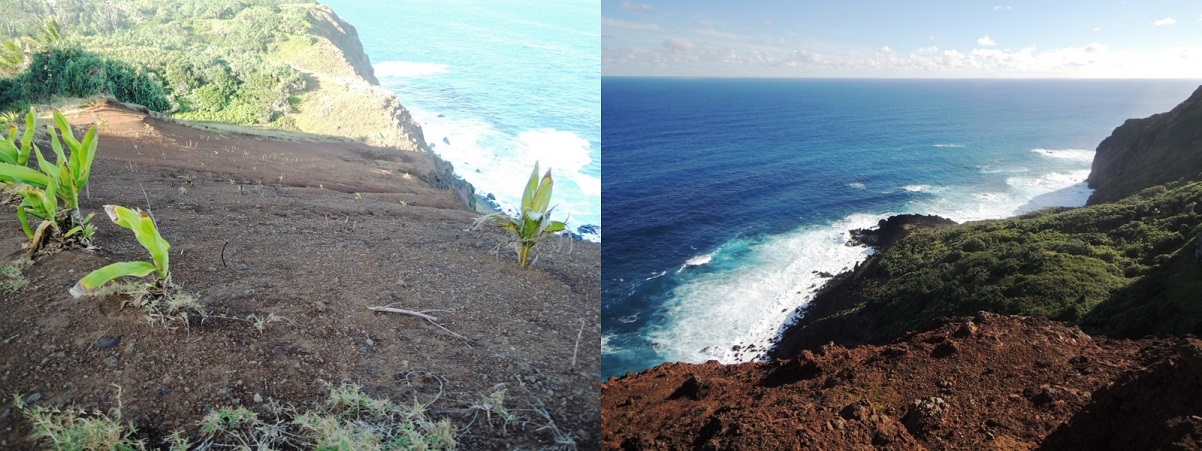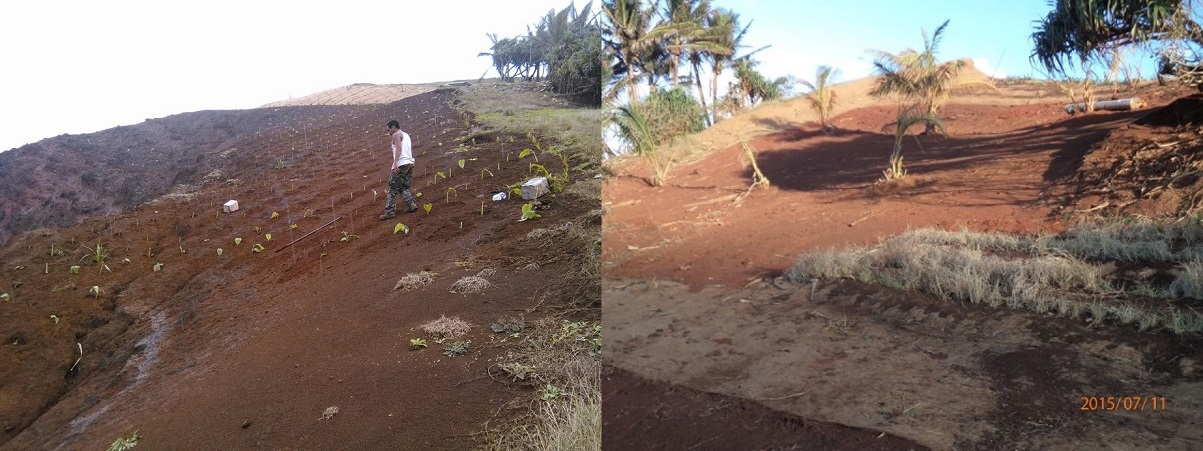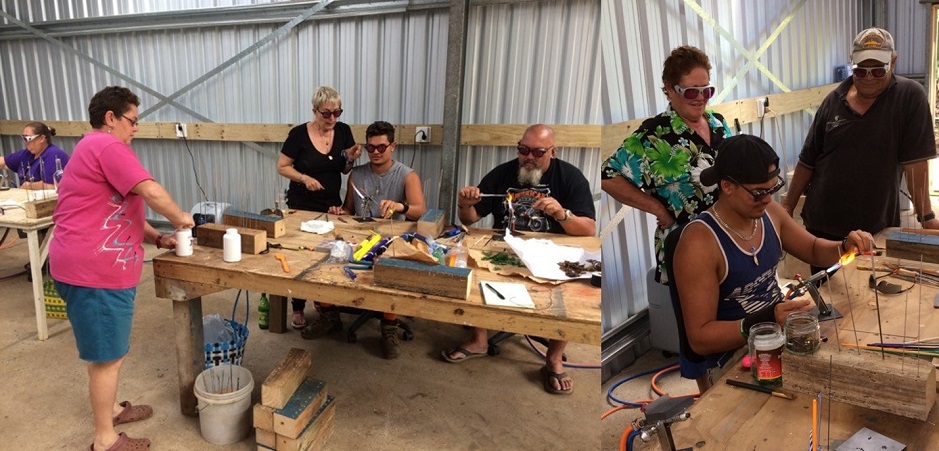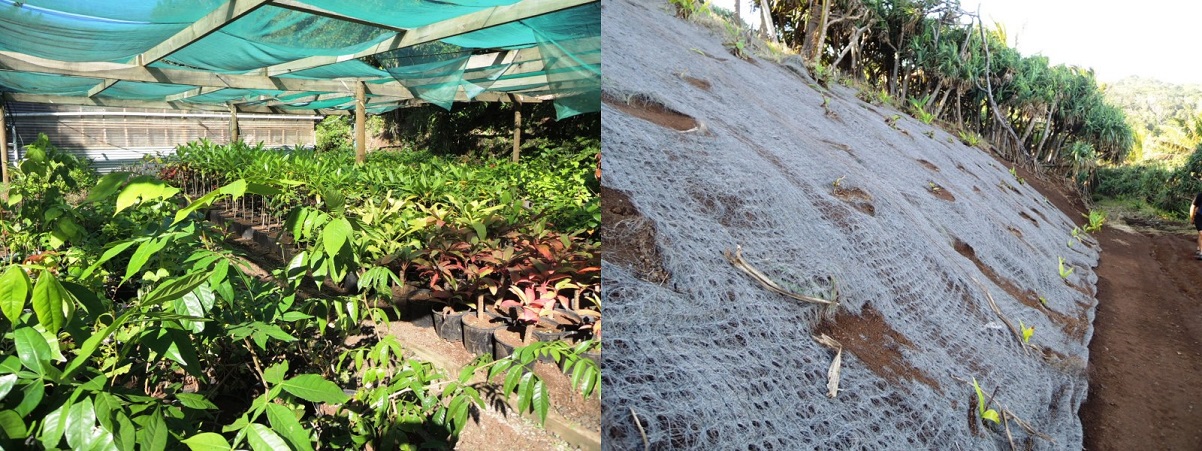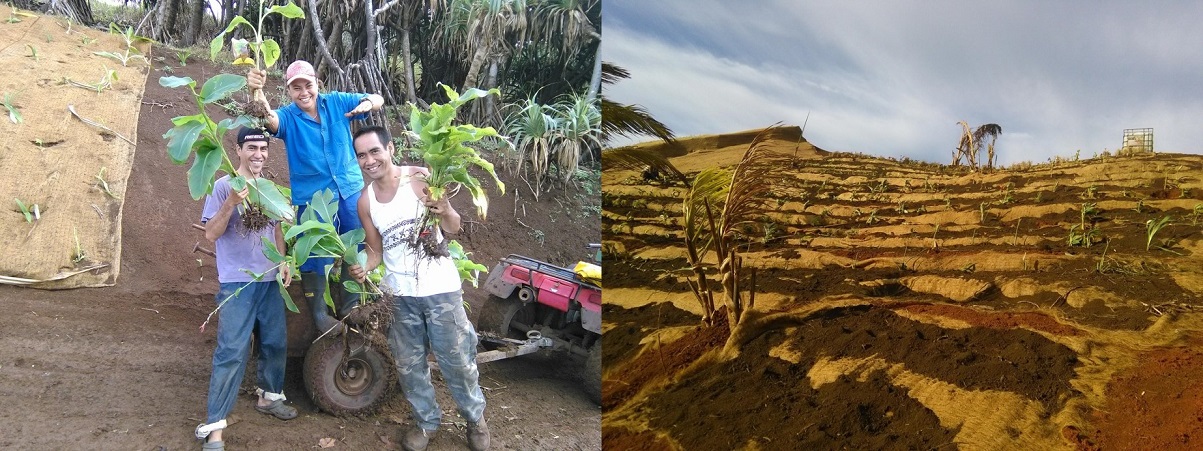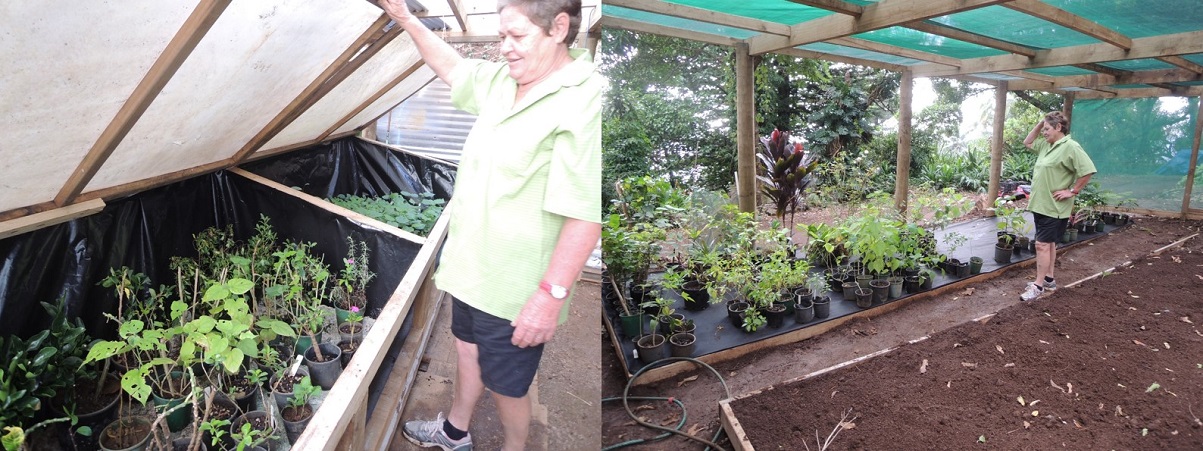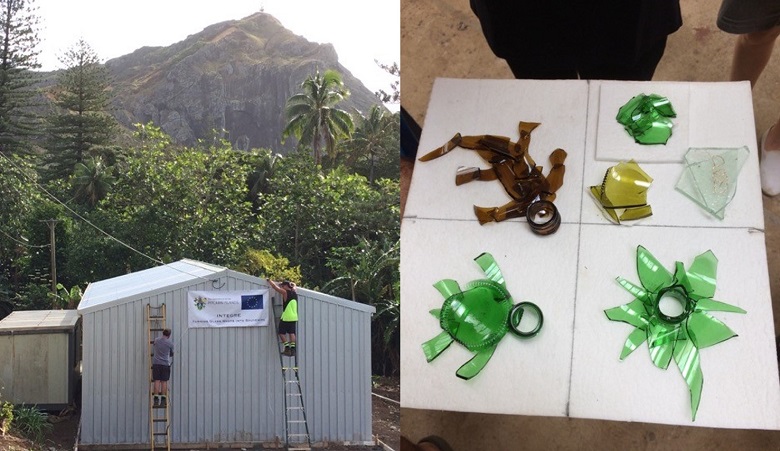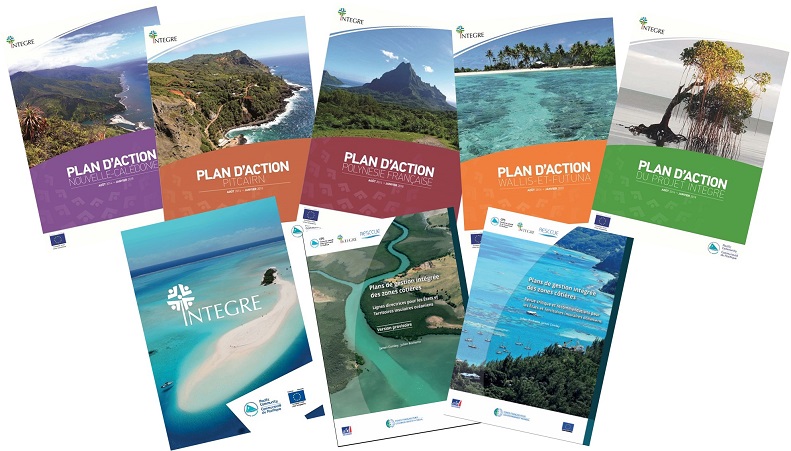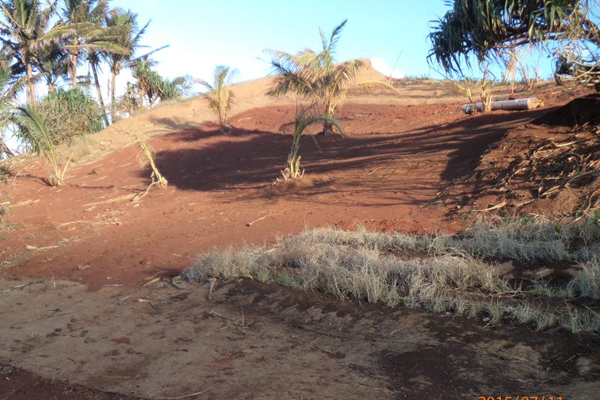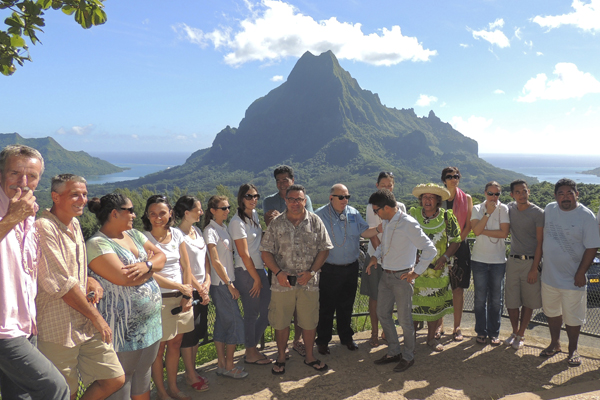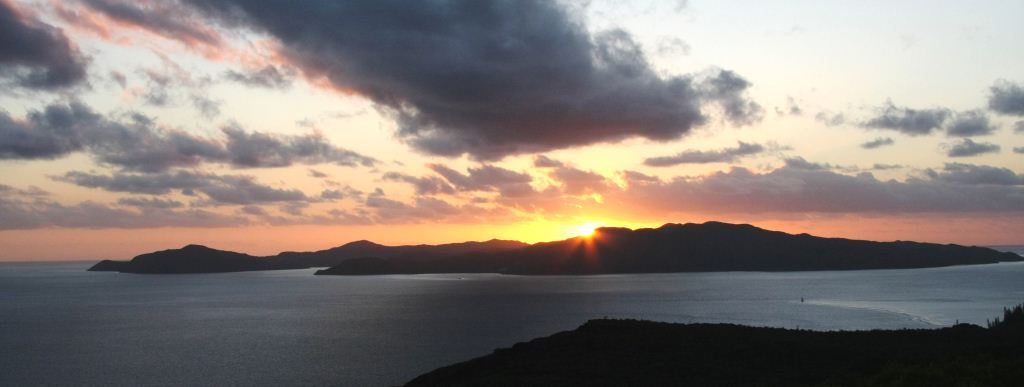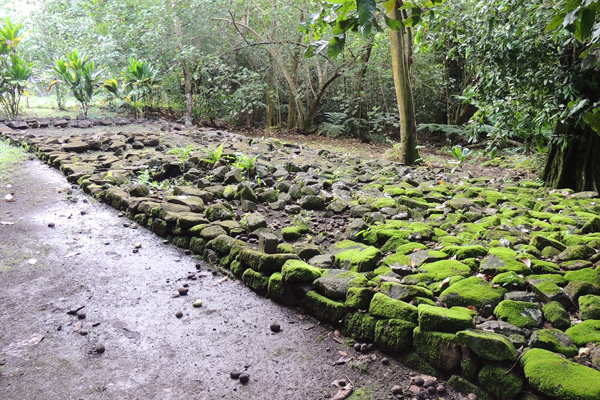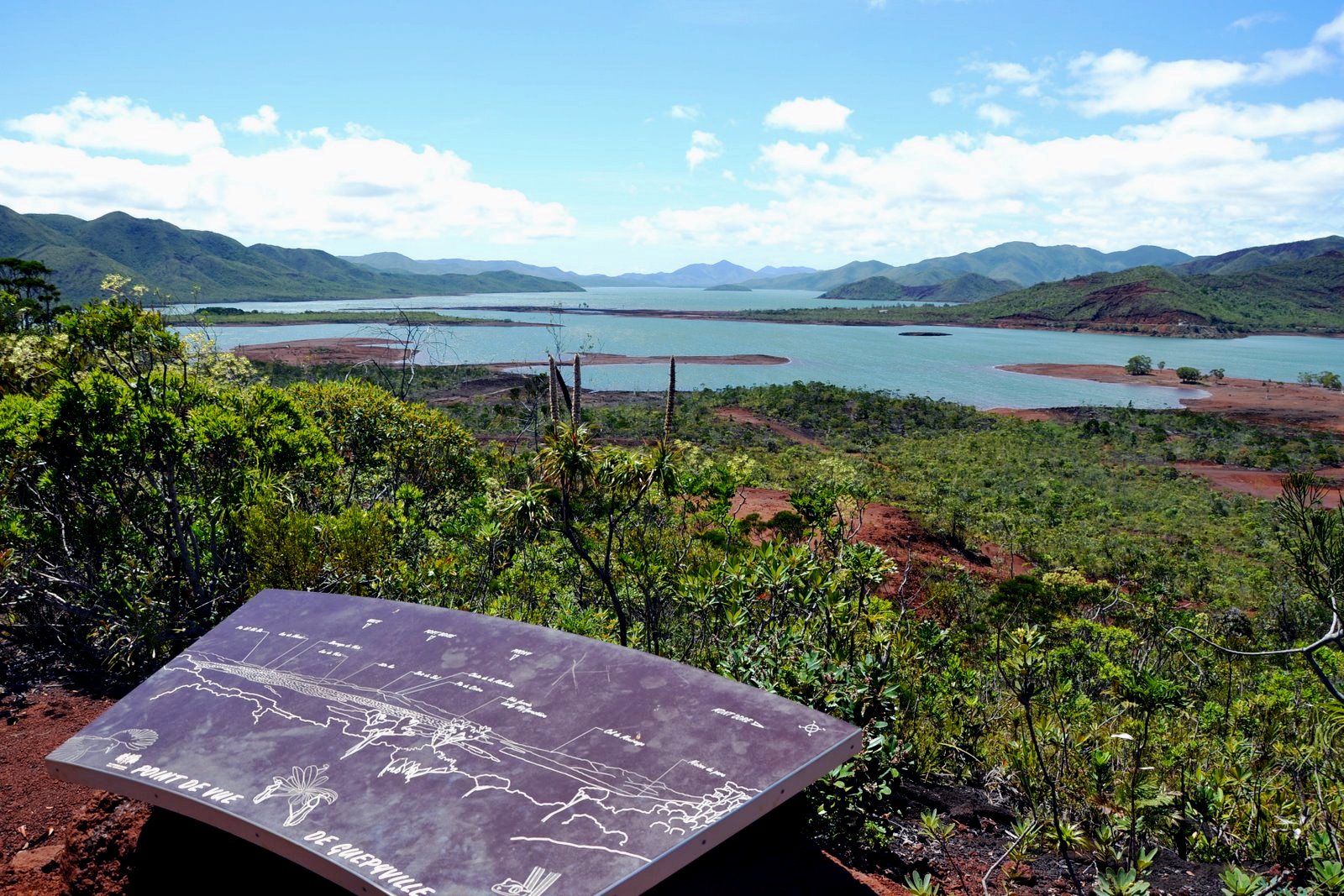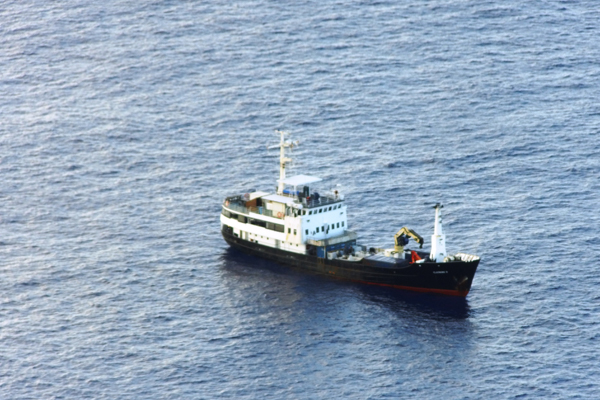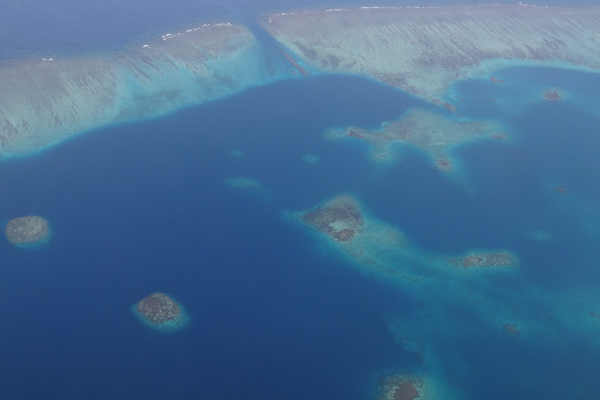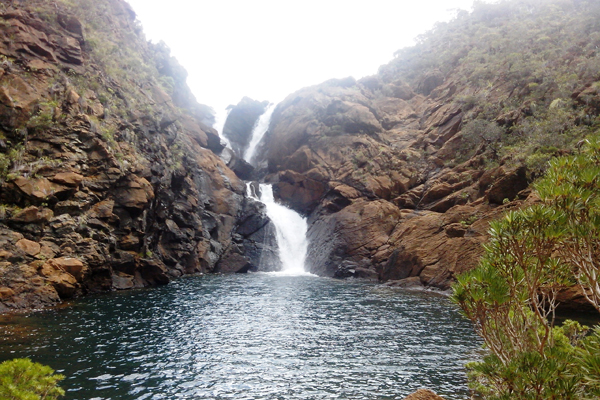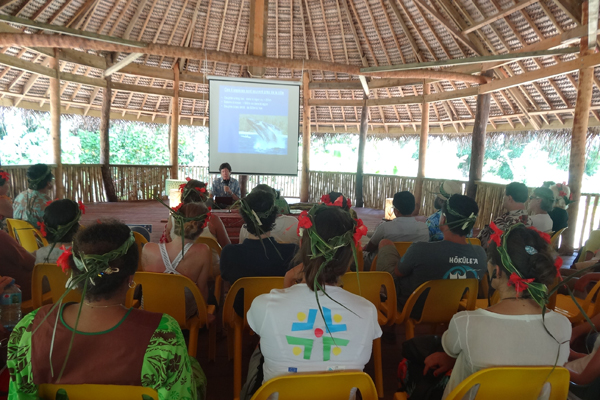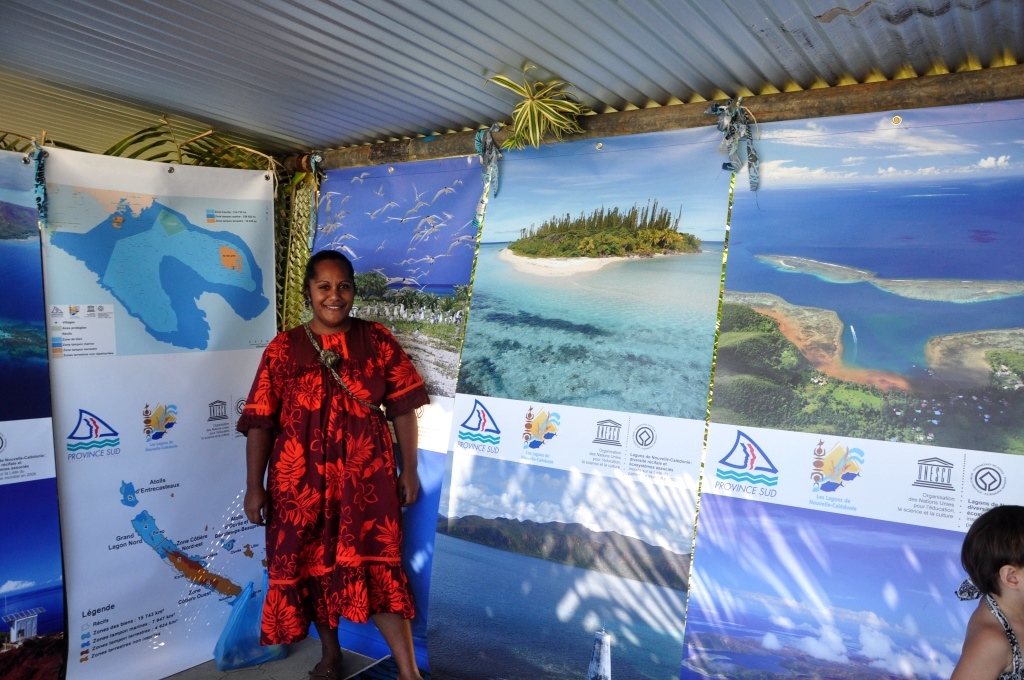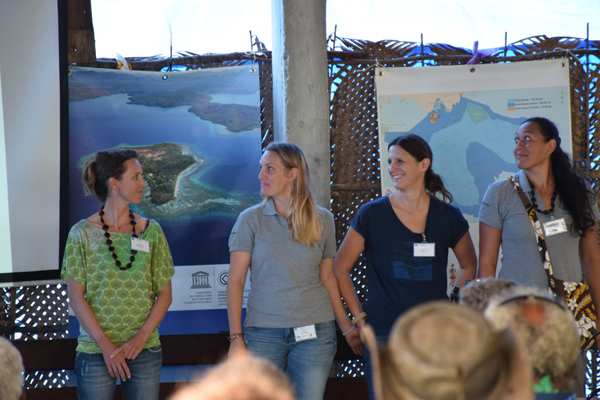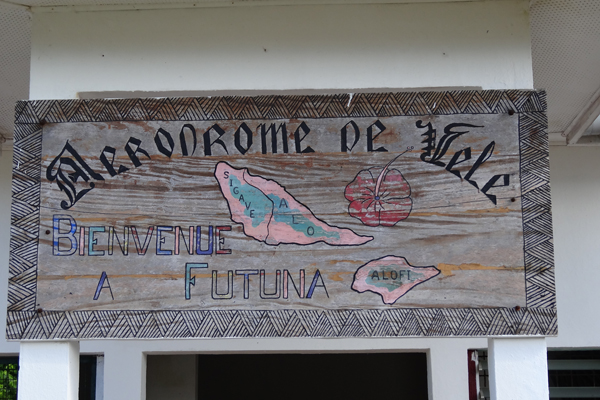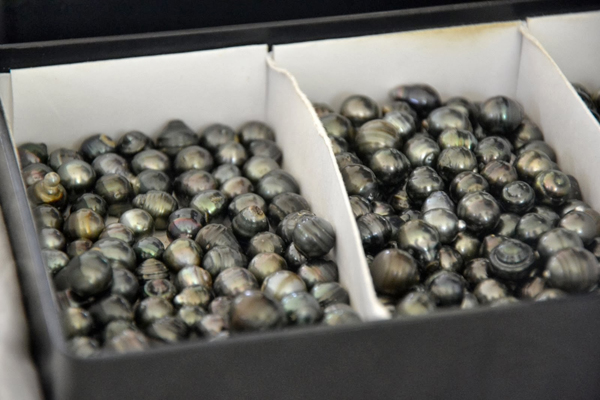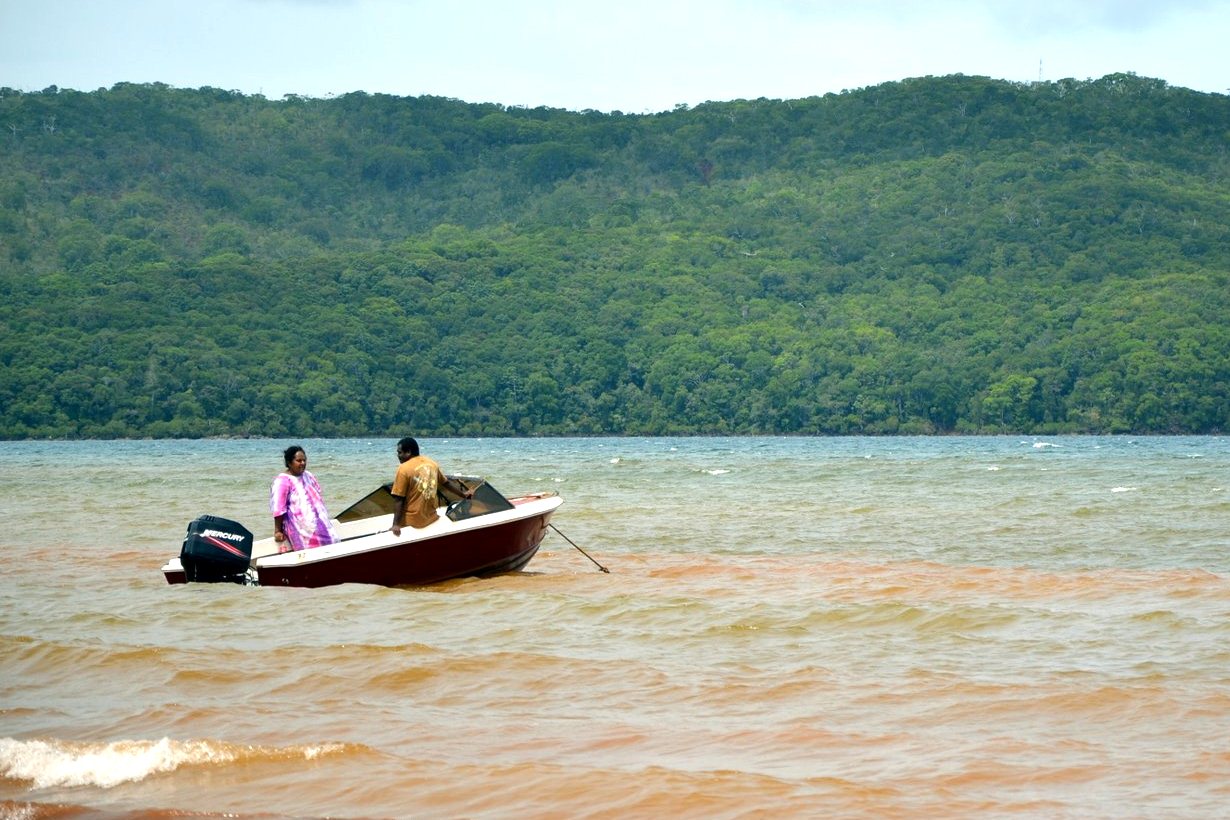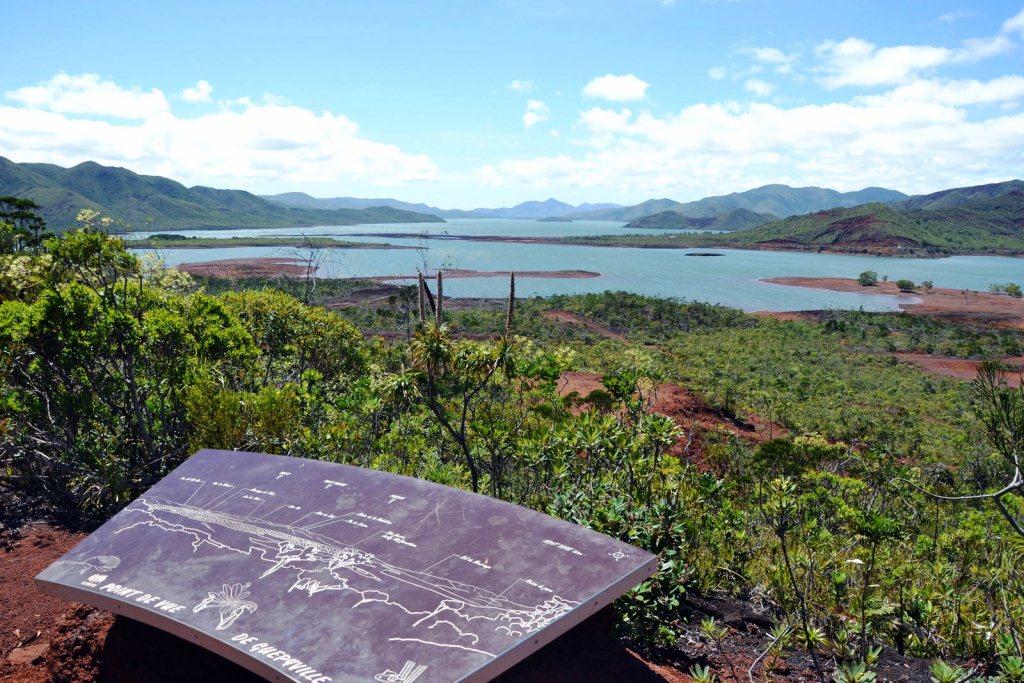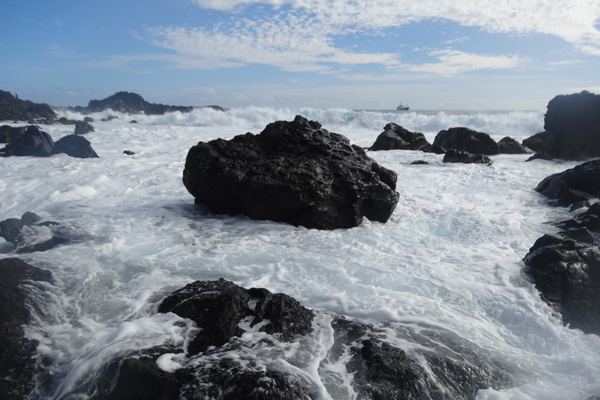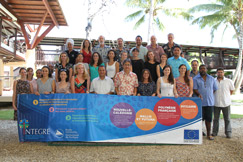
Geography :
The Pitcairn Island group is made up of four small, virtually untouched islands that are among the most remote in the world. They are located 2200 km east of Tahiti, 1570 km west of Easter Island and 5350 km north-east of New Zealand. To reach this part of the world, you have to go to the island of Mangareva in the Gambier Islands in French Polynesia and then travel by ship (The Claymore) for two days. This ship makes return trips only three times a year, i.e. in May, August and November.
The four islands in the group are called Pitcairn (the only inhabited island), Henderson, Ducie, and Oeno. They are subtropical islands with fertile volcanic soil and lush vegetation. Pitcairn is a dead volcano with steep slopes, whose peak reaches 347 m above sea level. it has a land area of about 5 sq. km.
Henderson is a raised fossilized-coral atoll, designated a UNESCO World Heritage Site. Ducie, the most southerly coral atoll in the world, has a central lagoon surrounded by four tiny islands covering an area of 70 ha. Finally, Oeno is a 65-ha low-lying coral atoll surrounded by a shallow lagoon and a fringing reef.
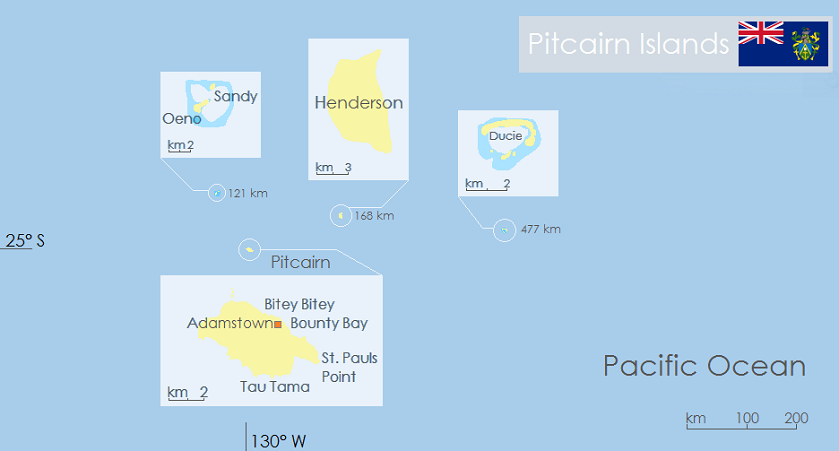
Population :
Only Pitcairn is inhabited with 49 Pitcairn Islanders and a dozen expatriates, making it one of the least populated island territories in the world. Some of the inhabitants are descendants of the nine Bounty mutineers, who, together with six Polynesian men, 12 Polynesian women, and a baby, took refuge on the island in January 1790 to escape hanging following Christian Fletcher’s mutiny against Captain William Bligh. The population peaked at 233 people in 1886 and has experienced a significant decline since the 1960s due to migration to New Zealand. The working force currently consists of 27 people aged 16 to 64. There are about 50 residents together with about a dozen non-resident public servants, most of whom have yearly contracts. The difficulties caused by isolation are particularly acute on Pitcairn, where there is a limited labour force and very infrequent transport options.

Economy :
In the Pitcairn group, jobs are divided between the public and private sectors. Most of the active work force hold part-time public-service positions. The island receives GBP 2.9 million in aid from the British Government (Department for International Development – DFID) to provide for essential needs. Government incomes include: revenue from stamp and coin sales, landing fees, visa application fees, domain name (.pn), registration fees, and passenger fares. Government positions are paid at a rate of NZD 10-12/hour and there are no income-tax deductions or contributions.
Loans (for a period of 10 years) are available from the British Government to build houses and are interest-free for the first four years; Inhabitants also practice subsistence farming and
fishing.
Every year, hundreds of tourists debark on the island (see table). Curious to relive the saga of the Bounty mutineers, they generate income for the island through the sales of souvenirs, handicrafts, local products; guided tours, home stays and food services, maintenance, transactions with cruise-ship passengers and fish sales (mainly as one-off supplies to passing ships).
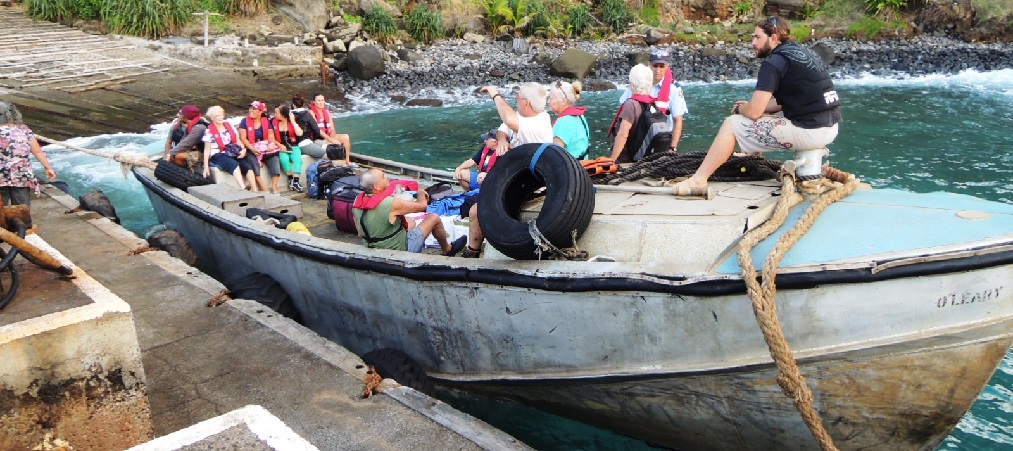
Biodiviersity and Environmental Pressure :
The small island of Pitcairn is home to 80 species of native vascular plants, including 10 endemic ones. Some 28 bird species nest in the island group, including a Murphy's petrel population that represents 90% of the world's population for this species. In 2012, a National Geographic expedition said that the ocean waters around the Pitcairn Islands were almost pristine. They described "pristine marine ecosystems with intact coral communities and healthy fish populations dominated by top predators such as sharks, unaltered deep sea habitats [harbouring] unique biodiversity (rare deep sea sharks, fish species completely new to science).” Following this expedition, the Pitcairn Island Council supported the Pew Charitable Trusts' proposal to create a marine reserve, which is currently being considered by the UK Government.
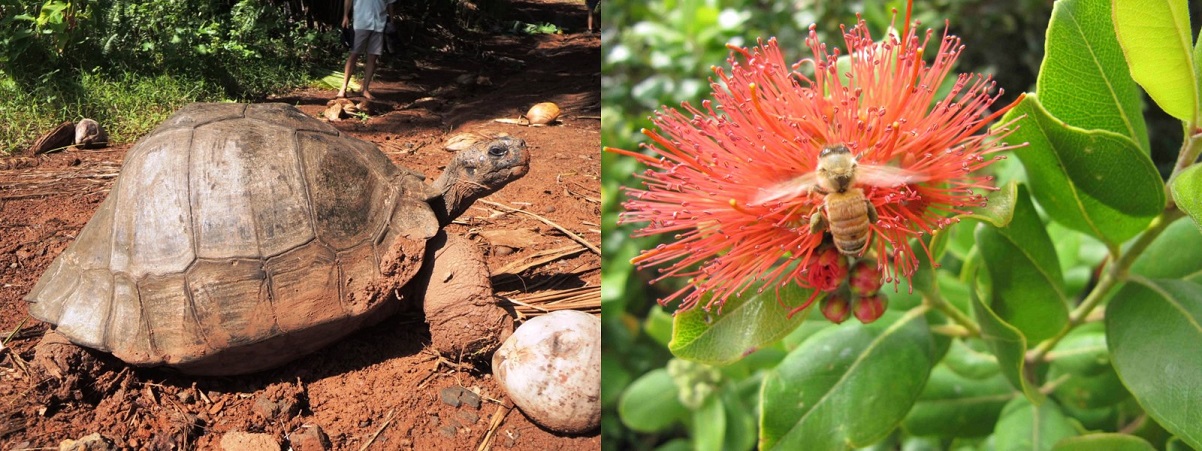
The introduction of invasive species to Pitcairn has resulted in considerable damage to the land environment. Wild goats cause soil erosion and so, there was an eradication campaign in 2014 to rid the island of these pests. Rats are not only a hindrance to local farming yields but are also a health risk. There has also been overlogging locally for fuel and for building materials. In addition, Pitcairn has experienced a change in weather patterns with unpredictable weather and above-average rainfall. The island of Henderson is subjected to pollution. A scientific study published in 2017* revealed that this uninhabited UNESCO-World-Heritage-listed island has the highest density of plastic debris in the world: 18 tonnes of debris, i.e. 671 pieces per square metre. The island is located on the pathway of a ocean current known to transport a great deal of debris, resulting in the arrival of more than 3500 pieces every day on one of the island's beaches, thereby constituting a threat to land and marine biodiversity.
